

Tehran Carpet Museum of Iran | Persian Carpets
A reunion of carpets from around persia.
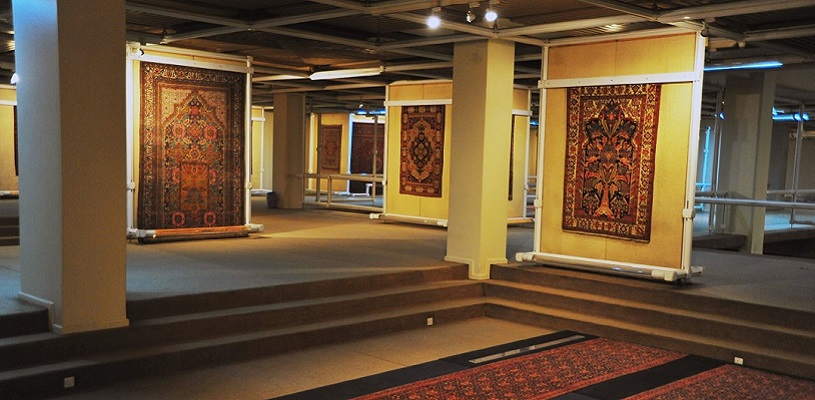
If you are an admirer of one of Iran’s best-known arts, Persian Carpets , then Tehran ’s Carpet Museum of Iran is a must-see. A sign of wealth and luxury throughout the world, elegant Persian carpets have been covering great mansions around the world. But to Iranians, a Persian carpet is a reflection of their rich culture and their ancient history. It is also a manifestation of their love for art , for beauty, for nature and for their homeland. That is why one of the world’s few museums that specializes in carpets was opened in the capital about half a century ago.
- 1 Why Visit the Tehran Carpet Museum of Iran?
- 2 Persian Carpets at Home and Across the World
- 3 The LONG Story of Persian Carpets
- 4 The Birth Story of the Persian Carpet Museum of Iran
- 5 How the Tehran Carpet Museum of Iran Looks
- 6 Tehran Carpet Museum of Iran – Home to a Stunning Collection
- 7 The Tehran Carpet Museum of Iran as a Gallery of Iran’s Diversity
- 8 The Library of the Tehran Carpet Museum of Iran
- 9 Other Charms in the Tehran Carpet Museum of Iran
- 10 More about Iran Carpet Museum
- 11 Like to take a tour of the Tehran Carpet Museum of Iran?
- 12 Iran Carpet Museum of Tehran Tours
- 13 Tehran Carpet Museum of Iran on Map
To the northwest of Tehran ’s Laleh Park, you can find this rich museum. Featuring a full range of exquisite carpets, kilims, and rugs from around Iran, this museum is a real treat to your eyes. Like to know more about this exotic house of Persian handicrafts ? You’ve come to the right place…
Why Visit the Tehran Carpet Museum of Iran?
- The Tehran Carpet Museum of Iran has a collection of precious historical carpets
- It is home to a collection of carpets from around Iran
- The Persian carpet museum also showcases other fine handicrafts like kilims and rugs
- It houses a specialized library of about 7000 books in different languages
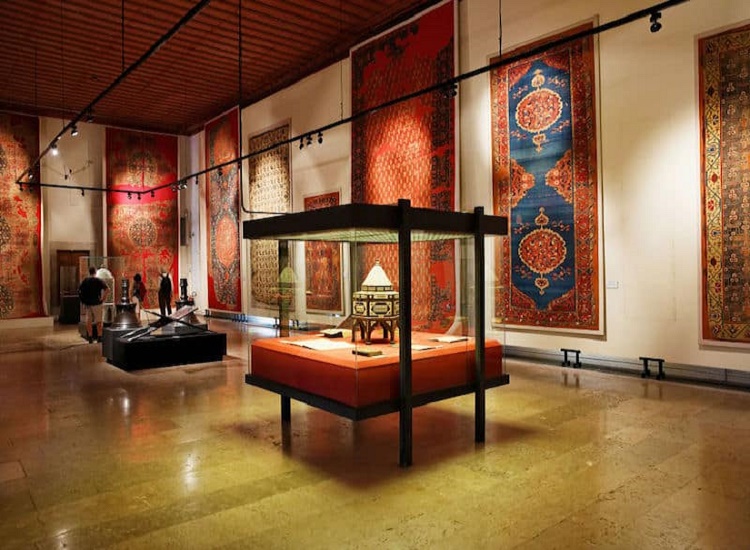
Persian Carpet, handicraft -Tehran Carpet Museum of Iran – Tehran, Iran Attractions
Persian Carpets at Home and Across the World
To an Iranian, a Persian carpet is not just something to cover the floor with. It is a paradise under their feet. It is a source of pride, a manifestation of Iranian artistry, a display of wealth, and an inseparable ingredient of Persian culture . For thousands of years, Persian carpets have been decorating Persian homes, mansions and palaces. Inside them, they are also hiding stories of thousands of years of civilization. They speak of the joys, sorrows, hopes and dreams their creators have woven into them. And they are a gallery created by the diverse range of ethnicities that consider Iran as their home. But, like Marco Polo, the Persian carpet has always had a restless soul. It has traveled around the world as a diplomatic gift and a dear souvenir . Today, you can find elegant Persian carpets covering houses and mansions far beyond the Iranian border.

Persian carpet at the White House, Library room, Persian art across the world, Iranian art, Iran attractions
The LONG Story of Persian Carpets
The art of carpet weaving in Iran is probably as ancient as the country’s history. It is this long history that has given Persian Carpets their elegant look and their excellent quality. The earliest traces of the existence of this art in Iran date back to 3500 years ago. The Pazyryck Rug, the oldest known carpet of the world, is a living testimony to the traditional tie between Persian culture and carpet art. Found in Siberia by Russian archeologists, this ancient carpet dates back to the Achaemenid Empire.
Inspired by the classical Persian Garden , early Persian carpets had geometrical and floral motifs. Later, figures of animals and people (often royalty) started to appear on the face of Persian carpets. After the arrival of Islam in Iran , Quranic verses also started to appear on the carpets. In the 16 th and 17 th centuries, kings became keen admirers of carpet weaving. As a result, designers and weavers joined forces to create lots of fine works.
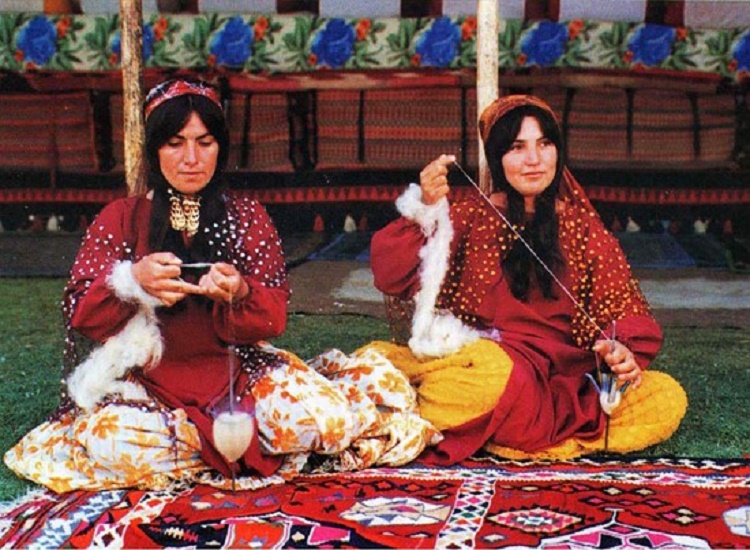
Nomads spinning wool for Persian carpets
The Birth Story of the Persian Carpet Museum of Iran
As a patron of art, Farah Diba, the last queen of Iran, had the idea of keeping the art of carpet weaving alive and creating a large collection of fine carpets. Her idea blossomed in a museum that opened in 1979: the Carpet Museum of Iran. From then on, the museum has been collecting different types of carpets, kilims, and handmade rugs. These masterpieces were mostly collected from royal palaces like Golestan Palace and Saadabad Palace. But some have also been collected from international sources. Plus, the museum has been developing an excellent multilingual source of research about the art of carpet. Now, it is home to exquisite carpets from around the country and across Iranian history. This has made the museum a hotspot for historians, researchers, and admirers of this antique art.
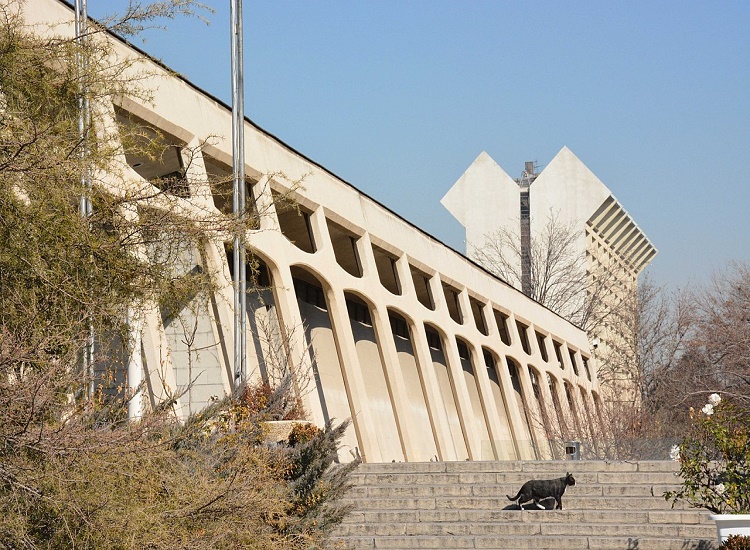
The exterior of the Tehran carpet museum of Iran – persian elements, architecture, tehran, Iran
How the Tehran Carpet Museum of Iran Looks
Architect A. Farmanfarmaian wanted the building of the Carpet Museum of Tehran to have an Iranian identity and be in harmony with carpet weaving. Mixing the classic elements of the 70s with carpet-inspired symbolism, the designer made the exterior resemble the threads on a carpet-weaving loom (frame). These threads also cast shadows on the walls and cool the building down. Downstairs is the permanent home of a fine collection of carpets. But the second floor is dedicated to temporary exhibitions, events and tribal works.
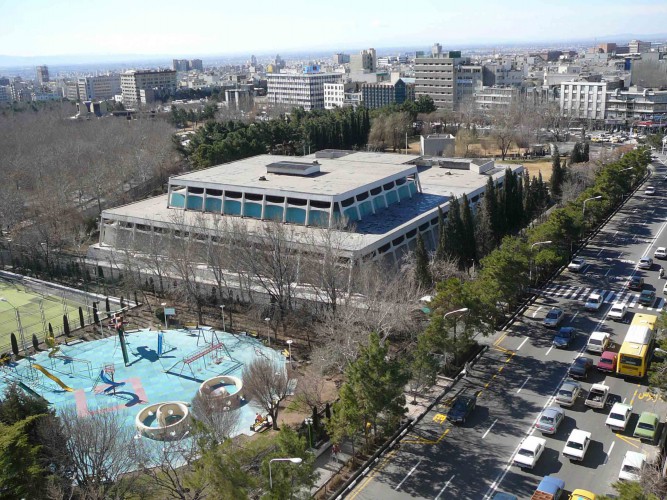
The Tehran Carpet Museum of Iran from above, Tehran attractions, Iran
Tehran Carpet Museum of Iran – Home to a Stunning Collection
The carpet Museum of Iran is the permanent home of the most precious handmade carpets, kilims, rugs and carpet tableaus dating from 16 th century up to present. It shelters about 135 masterpieces of carpet weaving from around Iran. Each of these masterpieces are kept according to their color, design, weaving technique and the region where they were created. Entering the ground floor, from your right side, you can trace the history of Persian Carpet, from its earliest example to its latest. So, the first work of art you’ll see is a replica of the Pazyryck Rug, the oldest known carpet of the world which is now kept in Hermitage Museum. After that, you can find Safavid designs, examples of 16 th and 17 th century carpets, and the influence of European art on 19 th century Persian carpets.
You can also distinguish the works of each city and ethnicity from another. The priceless items are the creations of artists from Kashan , Kerman , Isfahan , Tabriz , Khorasan and Kurdistan . Yet, some of them have nomadic origins. On the carpets, you can see flowers, frames, fish, symbols, geometrical shapes, tree of life, notable figures and events, and scenes from Persian literature and myth. For instance, a Qajar-era carpet depicts 54 world-known figures. Another work by Kashani artists represents Mirza Kuchak Khan, an early 20 th century revolutionary leader and national hero, in military clothing.
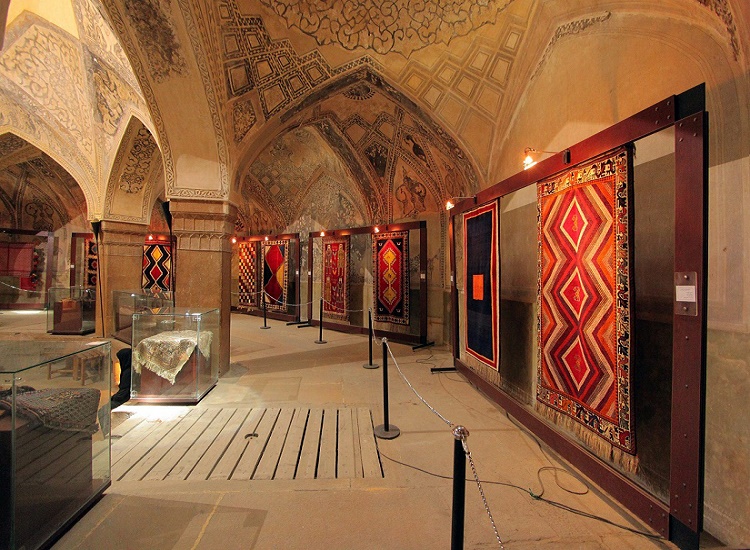
The Persian carpets – Persian handicraft, Tehran Carpet Museum of Iran – Tehran, Iran
The Tehran Carpet Museum of Iran as a Gallery of Iran’s Diversity
Penetrating to each corner of Iran, the art of carpet weaving gradually took a new form in each region. Cities like Tabriz, Kerman, Kashan, Neyshabour, Mashhad, Isfahan, Nain, and Qom each have their own distinctive techniques, materials, colors, and patterns. Beside these cities, carpet weaving also developed among Iranian nomads like Qashqai, Bakhtiari, and Turkmen. The traditional skills of carpet weaving in Fars Province and Kashan city are UNESCO-listed Intangible Cultural Heritages . Visiting the Carpet Museum of Iran would be like a trip around Iran . Because there, you can see a full range of different carpets from around Iran in one place.
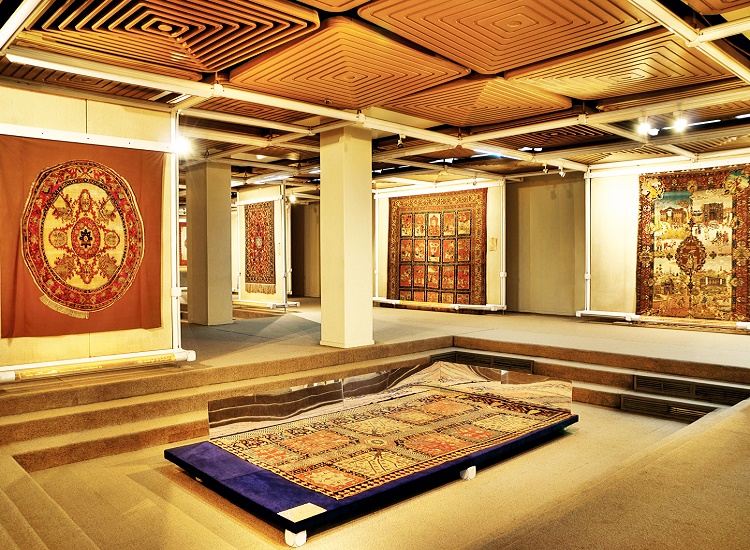
Persian handicrafts, Tehran Carpet Museum of Iran – Tehran attractions, Iran
The Library of the Tehran Carpet Museum of Iran
To find anything about Persian carpets, the library of the Carpet Museum of Iran is the best place to be. With about 7000 volumes of book in Persian, Arabic, French, English, and German, this museum is one of the world’s largest sources for carpet weaving. Also, the library houses a collection of magazines, journals, and papers on Persian and oriental carpets. Video clips and slides on carpet weaving, kilim weaving, and other handicrafts are also of the most popular attractions of the museum. Except for sources on carpet weaving, you can also find books on religion, art, and literature of Iran.

The library of Iran Carpet Museum – art, history, research, handicrafts, Tehran, Iran
Other Charms in the Tehran Carpet Museum of Iran
From time to time, you can find a weaver sitting behind a loom, weaving a carpet. At the entrance, you’ll see a map of the carpet weaving centers of Iran and an exhibition of weaving tools, natural dying materials, dyed threads and weaving looms. You can also find an open workshop where master workers are busy restoring precious carpets. To keep the art of carpet weaving alive, the museum also offers different types of courses on carpet weaving, designing, repairing, darning and the meaning of motifs and symbols. Also, in a storage room, rare carpets are preserved in steel cylinders.
More about Iran Carpet Museum
Visit hours.
9 a.m. to 6 p.m.
All days except public holidays and Mondays.
Photography
Taking photos is allowed if it is without flash.
Attractions Near the Tehran Carpet Museum of Iran
The Carpet Museum of Iran is right beside Leleh Park , a recreation park in the capital where you can find natives picnicking and relaxing. On the other side of the park, you can also check out Tehran Museum of Contemporary Art . The symbol of the capital, Azadi Tower , and the Qajar-era Teymurtash Museum are also nearby.
Where to Eat Near the Carpet Museum of Iran
Cofee House at the Museum
Nosrat Restaurant
Zeitoon Restaurant
Ahoon Restaurant and Hookah Lounge
Reera Café Restaurant
Like to take a tour of the Tehran Carpet Museum of Iran?
All of our multi-day Cultural Tours include a visit to this museum.
Iran Carpet Museum of Tehran Tours
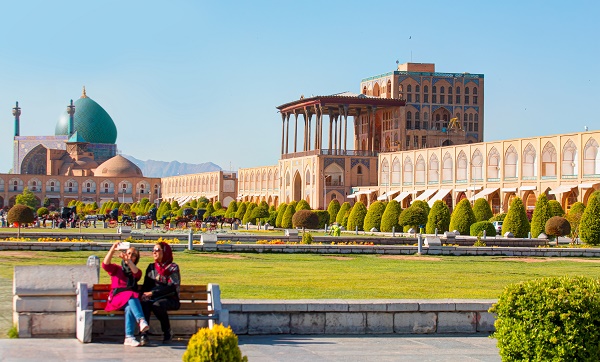
7-Day Iran Tour: The Must-See Attractions

12-Day Iran Tour: History, Culture & Sand
Keywords: carpet museum Iran, carpet museum Tehran, carpet museum of Iran photos, Tehran Persian rug gallery, museum carpet
Tehran Carpet Museum of Iran on Map

Zahra Soltani
Content manager, international relations manager.
To Zahra, introducing the beauties of Iran is a delight and an inherent mission! Beyond that, arts, culture, literature, mythology, and all the astonishing secrets of our marvelous universe set her soul on fire! This is what makes Zahra a filmophile, an insatiable reader, and a passionate writer.
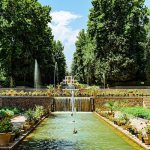
Shazdeh Garden (Shahzadeh Mahan Historical Garden) | Kerman, Iran
Taq-e bostan | glory of sassanid empire | kermanshah, iran.
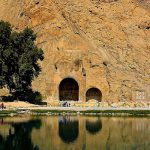
Related Posts

Traditional Houses in Iran 2024 (Iranian Traditional House)
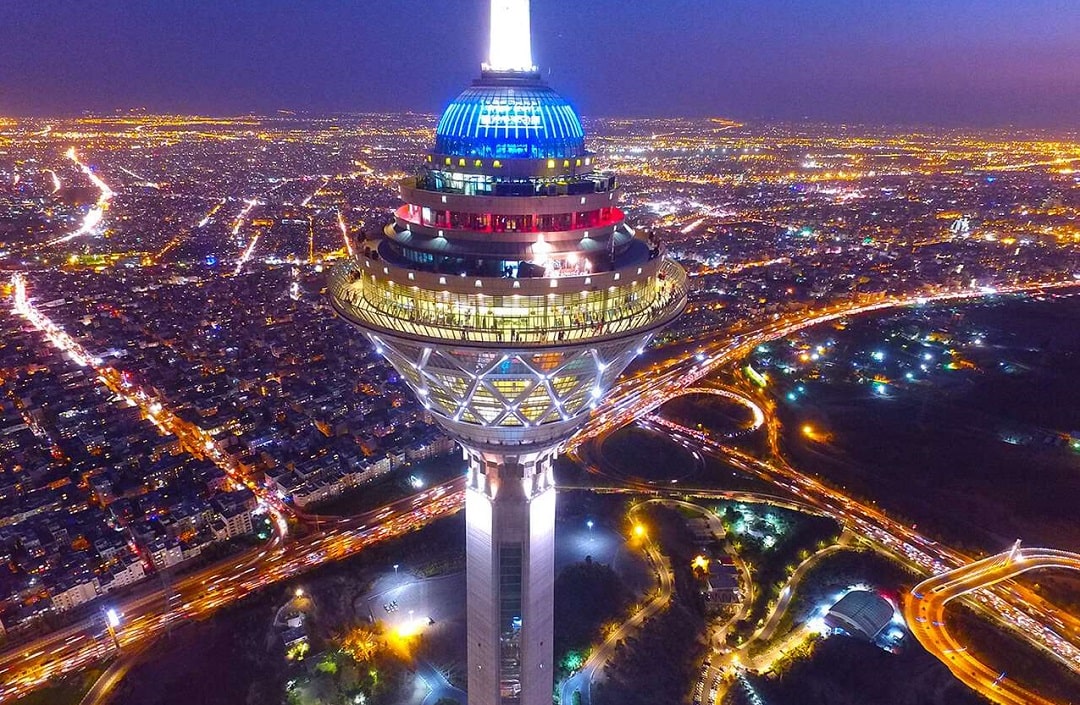
BEST Cities in Iran – Most Beautiful Places in Iran
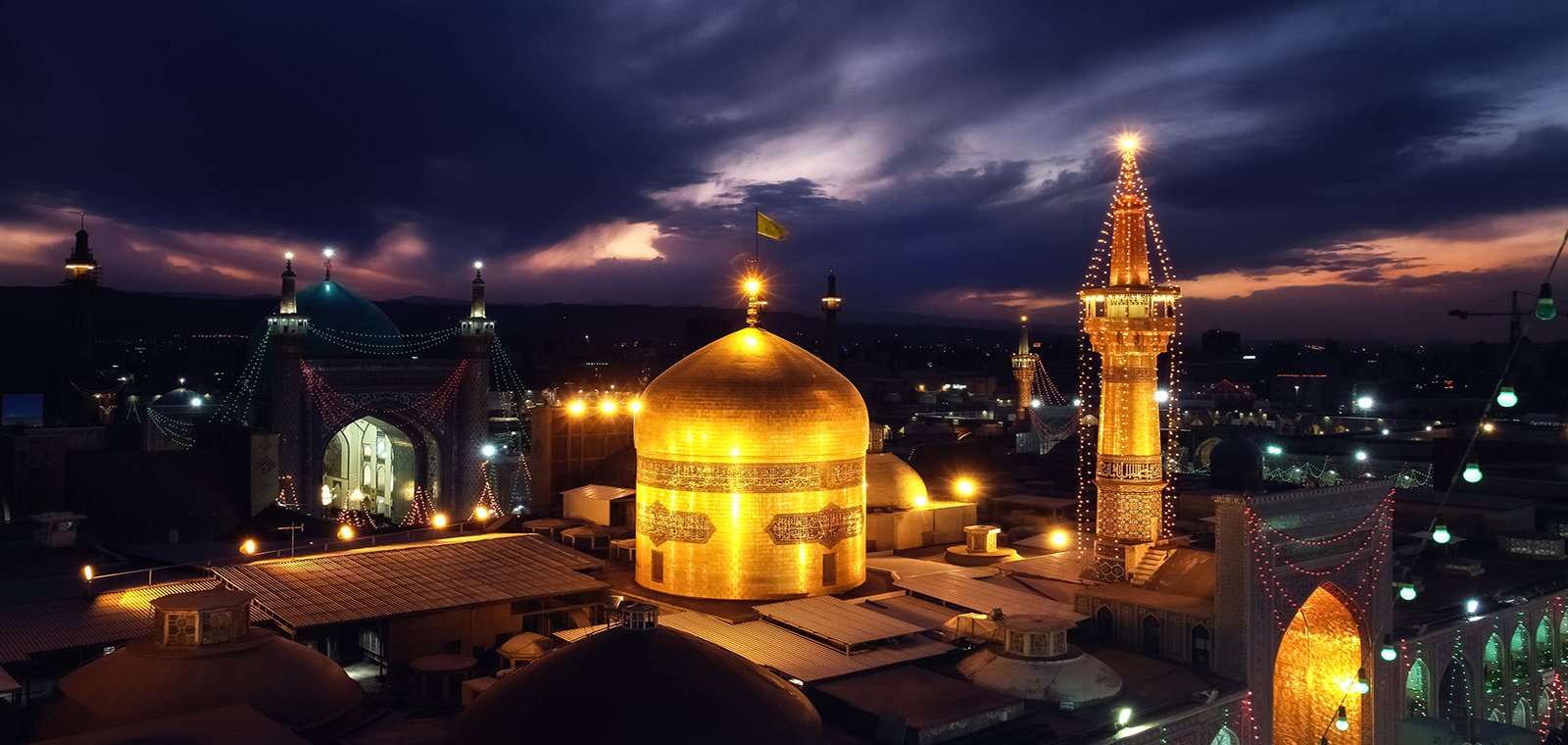
TOP Holy Shrines in Iran | BEST Iran Holy Places

WhatsApp us
PERSIAN CARPET TOUR
Duration: 10 days
Group size: 2, max 8
Theme of the tour: cultural
Difficulty of the tour: Average
Meals include: All breakfasts and lunches and one dinner
transportation: A.C van
Services include: VISA, Tour-guide, Accommodation, All transportation, All entrance fees, All breakfasts, All lunches and one dinne
TOUR ITINERARY
Day 1 Arrive Tehran
Arrive in Tehran (IKA Airport). You will greet and get assist from our representative. Transfer to your hotel and check-in. Tehran carpet museum is our major plan to realize how Persian people could reach top of carpet weaving in the world from 2500 years ago till nowadays, our experienced guide explanations four corners of Iran and special motifs of each parts of the country, dinner in unique carpet café and restaurant and Return to the hotel, rest and stay overnight
Day 2 To Kashan
In the morning we drive toward one of the most famous cities for carpet in Iran means Kashan, after check in 250 years old hotel we will explore this beautiful city with old texture part such as Tabatabaie house, Brojerdiha house, Amir ahmad historical bathe, then Aqa bozor mosque anf finally old ruffed bazar of Kshan to find pure motifs of Kshan carpet in Kan Amin al-Dowleh Timche, Stay Overnight in Kashan
Day 3 To Naien
After breakfast we will visit Fin garden (UNESCO site as Persian garden) which is one of the most inspiration motifs for carpet weavers, the leave Kashan toward Naien that is another top-quality carpet center in Iran, we will visit women weavers in their houses that hoe they produce pure Naien carpets, then visit Jame mosque with more than 1400 years old and historical texture of the town, driving toward Isfahan, check in the hotel, Dinner, rest and stay at overnight in Isfahan
Day 4 Isfahan
Full day exploring one of the most beautiful cites in Iran famed (Half of the world) which mean the beauty of this city is equal with half of the world, Naqsh_ Jahan square (UNESCO site), Sheihk Ltfollah mosque’s tiled ceiling is one of the most famous carpet motifs in Iran and even central Asia, Ali Qapu Place then Shah mosque is last sightseeing in this historical square. We will realize how Safavid dynasty could changed and improved art particular carpet art in 16 century with encourage people who worked in this industry, getting lost in Carpet workshops around the square, dinner and return to the hotel stay overnight in Isfahan
Day 5 Isfahan
Second full day in Isfahan and visit Jame mosque (UNESCO site), then we will go to Armenian quarter to see Vank cathedral and Armenian museum, in this neighbor we will see Armenian carpets and their special color and motifs in their carpets, after lunch we will visit Chehel soton palace (UNESCO site) as Persian garden then visit two historical bridges with magnificent lighting at night Sio Se pol and Khaju bridge, return to the hotel, rest and sleep overnight
Day 6 To Shiraz
After breakfast leave Isfahan toward Shiraz but on the way, we will visit Pasargadae (UNESCO site) which is tomb of Cyrus the great and his palaces remains a place that word of Paradise comes from there, after lunch we will stop in Iran Naqsh_ Rostam (UNESCO site) to see ancient complex with lots of stone carving related to Sassanid dynasty such as the scene of Shapur’s victory over the Roman Empire, arrive to Shiraz and stay overnight in Shiraz
Day 7 Shiraz
Full day exploring the city which is located in Zagros mountain ranges the territory of Qashqai nomads which means we will see lots of nomadic carpets and rugs in Shiraz, we will start with Karimkhan Arg (citadel) in center of city, after that Vakil complex is next site including old bath, Mosque and ruffed bazar and caravanserai with lots of carpet workshops, Hafiz mausoleum is next visit, dinner and return to the hotel, stay at hotel
Day 8 Around Shiraz
Drive toward Persepolis (UNESCO site) ancient capital of Achaemenid empire which is oldest carpet discovering in the world in Siberia named Pazirik has been made in this period time (500B.C) in Iran, return to shiraz and transfer to airport, flight to Tabriz, check in the hotel, rest and stay overnight in Tabriz
Day 9 Tabriz
After breakfast we will visit one of the cradle carpet weaving in Iran and most important city in Northwest of the country, starting with Azarbaijan museum to better realize Tabriz’s position is Iran. The 500 years old mosque named Blue mosque, finally we will visit most beautiful carpet bazar in Iran named Timche Mozafarie in the heart of historical bazar of Tabriz (UNESCO site), all carpet weavers transfer their products in this part of bazar for selling or export to another countries, after dinner return to the hotel, stay overnight in Tabriz
Day 10 Around Tabriz
In the morning drive to ancient village of Kandovan a rocky architectural oddity and then visiting Azarshahr town a one of the most important focal point carpet in Northwest of Iran to see high quality and unique motif of this beautiful town, back to Tabriz and transfer to the airport and flight to Tehran
Check in the hotel, and end of the tour
TOUR HIGHLIGHTS
_ Tehran carpet museum
_ Carpet café and
_Tabatabaie house
_ Brojerdiha house
_ Amir ahmad historical bathe
_ Aqa bozor mosque
_ Old ruffed bazar of Kashan
_ Amin al-Dowleh Timche
_ Fin garden (UNESCO)
_ Jame mosque e than
_ Historical texture of Nien
_ Naqsh_ Jahan square (UNESCO)
_ Sheihk Ltfollah mosque
_ Ali Qapu Place
_ Shah mosque is last
_ Jame mosque (UNESCO)
_ Armenian quarter
_ Vank cathedral
_ Armenian museume
_ Chehel soton palace (UNESCO)
_ Sio Se pol
_ Khaju bridge
_ Pasargadae (UNESCO)
_ Naqsh_ Rostam (UNESCO site)
_ Shapur’s stone carving
_ Zagros mountain ranges
_ Karimkhan Arg (citadel)
_Vakil complex
_ Vakilold bath
_ Ruffed bazar of Shiraz
_ Moshir caravanserai
_ Persepolis (UNESCO)
_ Azarbaijan museum
_ Blue mosque
_ Tazbriz historical ruffed bazar (UNESCO)
_ Timche Mozafarie Tabriz
_ Kandovan ancient rocky village
_ Azarshahr local carpet workshops

The Carpet Museum Of Iran Tour
Located on the corner of Karegar and Fatemi Streets in Tehran, the Carpet Museum of Iran is home to almost 150 astonishing carpets dating from the 16th century to the present day. The carpets are from different regions of Iran and exhibit different patterns and motifs woven in these areas. Some of these regions are Kashan, Isfahan, Kurdistan, Tabriz, Tehran, Mashhad and Kerman. The hall on the first floor is the permanent exhibition of the carpets, and the one on the second floor is sometimes used to hold temporary exhibitions displaying new handmade carpets, kilims, etc. The exterior design of the museum resembles a number of carpet looms surrounding the building. Carpet museum was built in 1978 by Abdol-Aziz Mirza Farmanfarmaian.
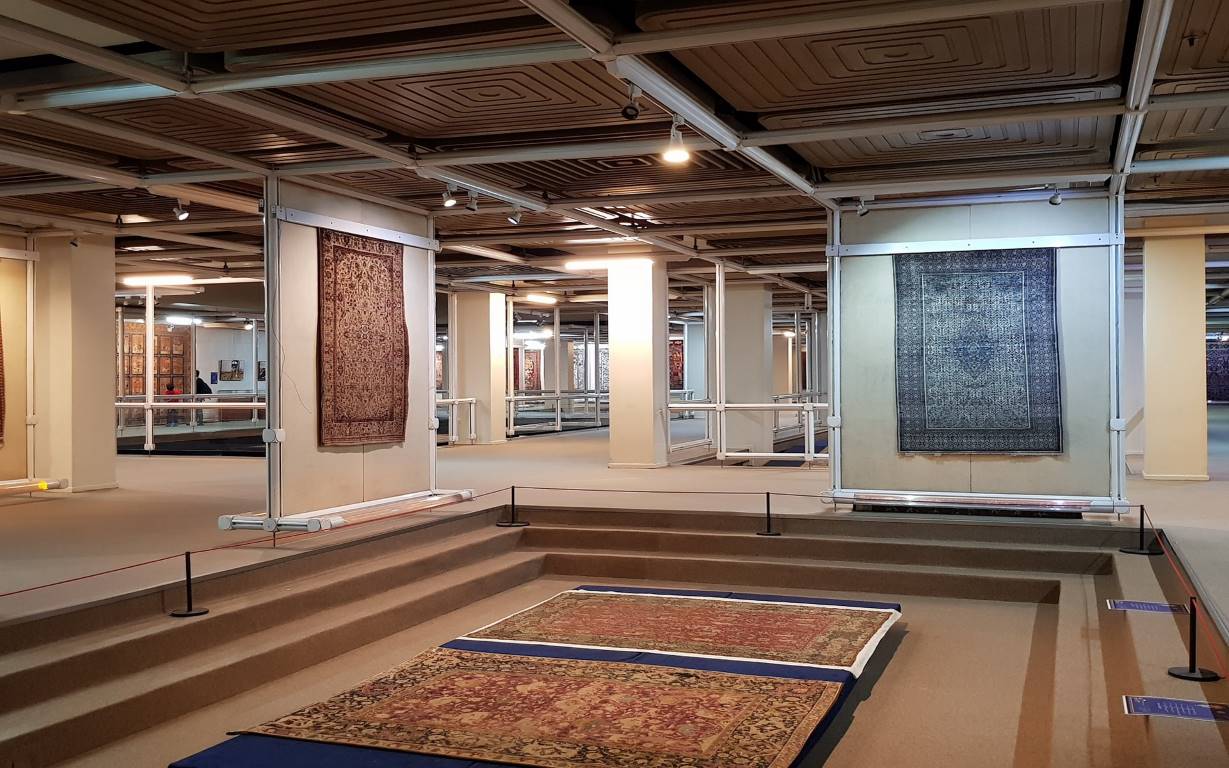
We can take this tour every day except for Mondays and some bank holidays. The museum is open from 9:00 to 18:00 during spring and summer and from 9:00 to 17:00 during fall and winter.
After entering the area of the museum, we will have a look at the exterior structure of the museum building to learn about its architecture and architect. Then, we will enter the entrance hall of the museum where sometimes a carpet from each region is displayed. After wearing our shoe covers, we will enter the main hall of the museum where we will first get acquainted with the materials and the equipment used in weaving a carpet. Next, we will see a model of the Pazyryk Carpet, the oldest carpet in the world. The model is almost a hundred years old. Afterwards, we will move around the hall and visit carpets from around Iran and will learn about the patterns and knots used in each region. Some of these carpets were woven at the time of the Safavid Dynasty, many of them at the time of the Qajars, and some others belong to the Pahlavi era. At the end of your visit, you can buy some books about Persian carpets at the bookstore located in the entrance hall of the museum.
.jpg)
Tour will start at 10:00 AM.
Tour will start in front of museum's main entrance.
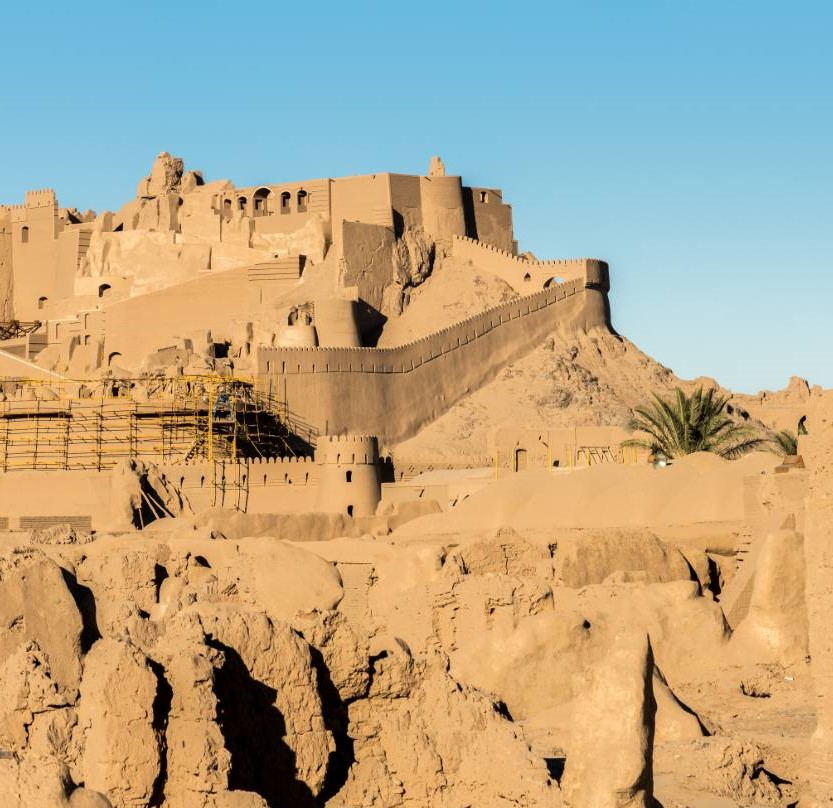
OrientTrips™ is a direct online travel platform that allows travelers to purchase the services they need for their trip to Iran. Without intermediaries, travelers can confidently choose the services they need, such as transportation and accommodations, and enjoy a reliable and comfortable experience.

Threads of Tradition: A Comprehensive Guide to 15 Persian Rug Styles
- November 14, 2023
Farzaneh Eskandarian
- Updated at: February 28, 2024
Renowned for their exquisite craftsmanship and timeless beauty, Persian rugs and carpets hold a special place in the world of interior design, adding an air of elegance and sophistication to any space they adorn. From the busy bazaars of Tehran to the remote villages in the Zagros Mountains, the art of carpet weaving has been passed down through generations, each knot and motif carrying rich history and culture.
The diverse landscapes and cultural heritage of Iran influence Persian rug and carpet designs. From the geometric precision of tribal designs to the delicate floral motifs of city workshops, each region boasts its distinctive aesthetic. The lush gardens of Isfahan inspire intricate arabesques and floral patterns, while the rugged terrain of Kurdistan gives rise to bold geometric compositions. Whether woven from fine silk or sturdy wool, every rug tells a story, reflecting its creator’s artistic vision and skill.
Beyond their ornamental beauty, Persian rugs are imbued with layers of symbolism and meaning, serving as a mirror to the soul of Iranian society. In a culture where hospitality is cherished as a sacred duty, rugs play a central role in social gatherings, providing warmth and comfort to guests. Additionally, the motifs woven into the fabric often carry deep cultural significance, from ancient symbols of fertility to religious iconography. As we unravel the threads of Persian rug styles, we journey through time and space, exploring the intricate patterns of tradition and innovation that continue to captivate the world.
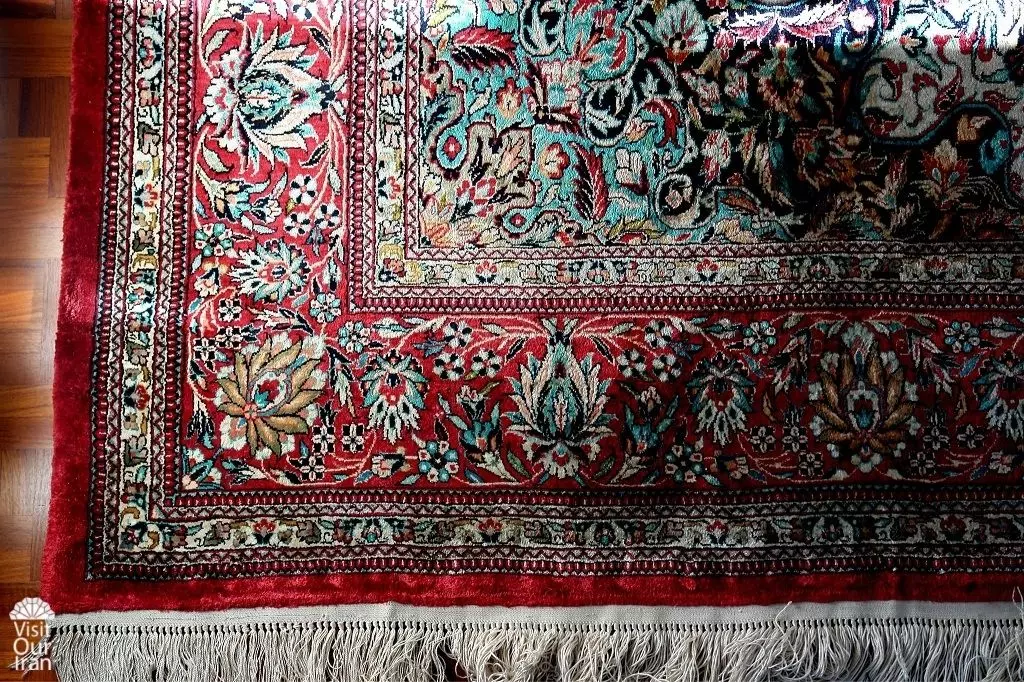
Exploring the Timeless Charm of Persian Rug Styles
Step into the enchanting realm of Persian rugs, where centuries-old traditions meet exquisite craftsmanship. Each rug tells a story of culture, heritage, and artistry, woven into intricate designs and vibrant colors. From the crowded cities to the nomadic tribes, Persian rug styles reflect Iran’s diverse landscapes and rich history. Join us as we explore the spectacular characteristics of Persian rug styles, each offering its blend of beauty, tradition, and timeless elegance.
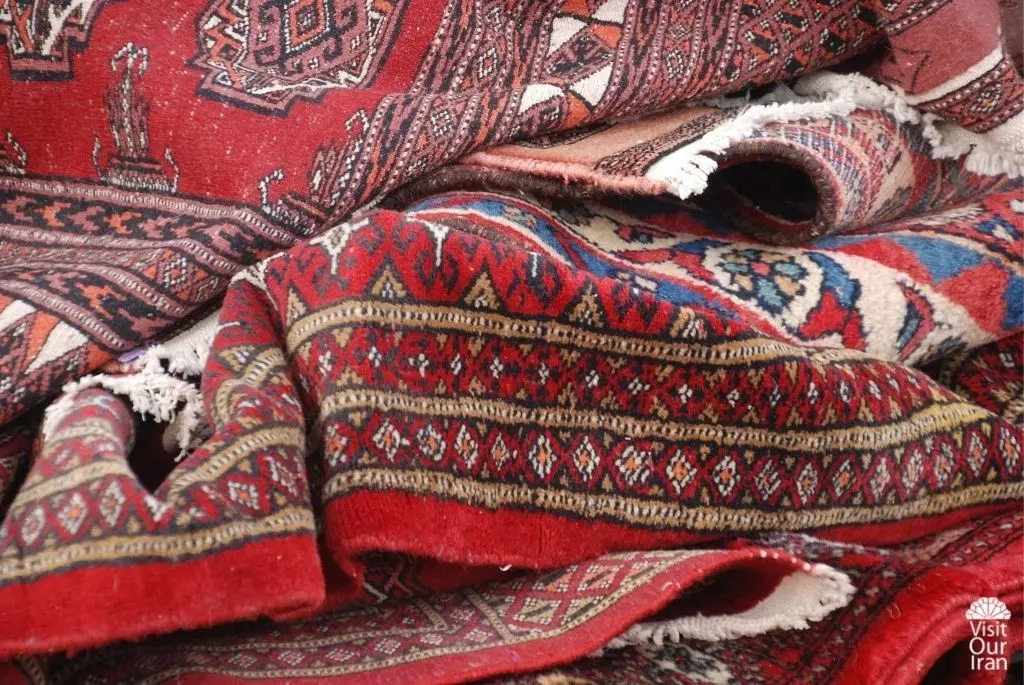
Persian Rugs: Bridging Urban Elegance and Tribal Tradition
Persian rugs encompass the refined elegance of city weaving traditions and the rugged beauty of tribal and nomadic craftsmanship. Persian city rugs, renowned worldwide for their exquisite craftsmanship and intricate designs, represent the pinnacle of urban weaving tradition. These rugs, meticulously crafted in workshops in cities like Tabriz, Isfahan, and Kashan, often feature elaborate floral motifs, intricate medallions, and rich color palettes, reflecting the sophisticated tastes of urban dwellers.
On the other hand, tribal or nomadic rugs offer a striking contrast with their bold, geometric patterns and earthy hues. Woven by nomadic tribes like the Qashqai, Bakhtiari, and Kurds, these rugs embody a sense of cultural heritage and rugged beauty, often showcasing motifs inspired by the natural world and tribal symbols passed down through generations. Despite their divergent styles, Persian city and tribal or nomadic rugs share a common thread of artistry and tradition, each telling a unique story of their origins and the people who crafted them.
Bakhtiari Rugs
Bakhtiari rugs, originating from the rugged Zagros Mountains of Iran, exemplify the nomadic weaving traditions of the Bakhtiari tribe. Woven by skilled artisans using a combination of wool from their sheep, these rugs boast a robust construction and vibrant color palette. Characterized by bold geometric patterns and stylized flora and fauna motifs, Bakhtiari rugs reflect the pastoral lifestyle and cultural heritage of the Bakhtiari people.
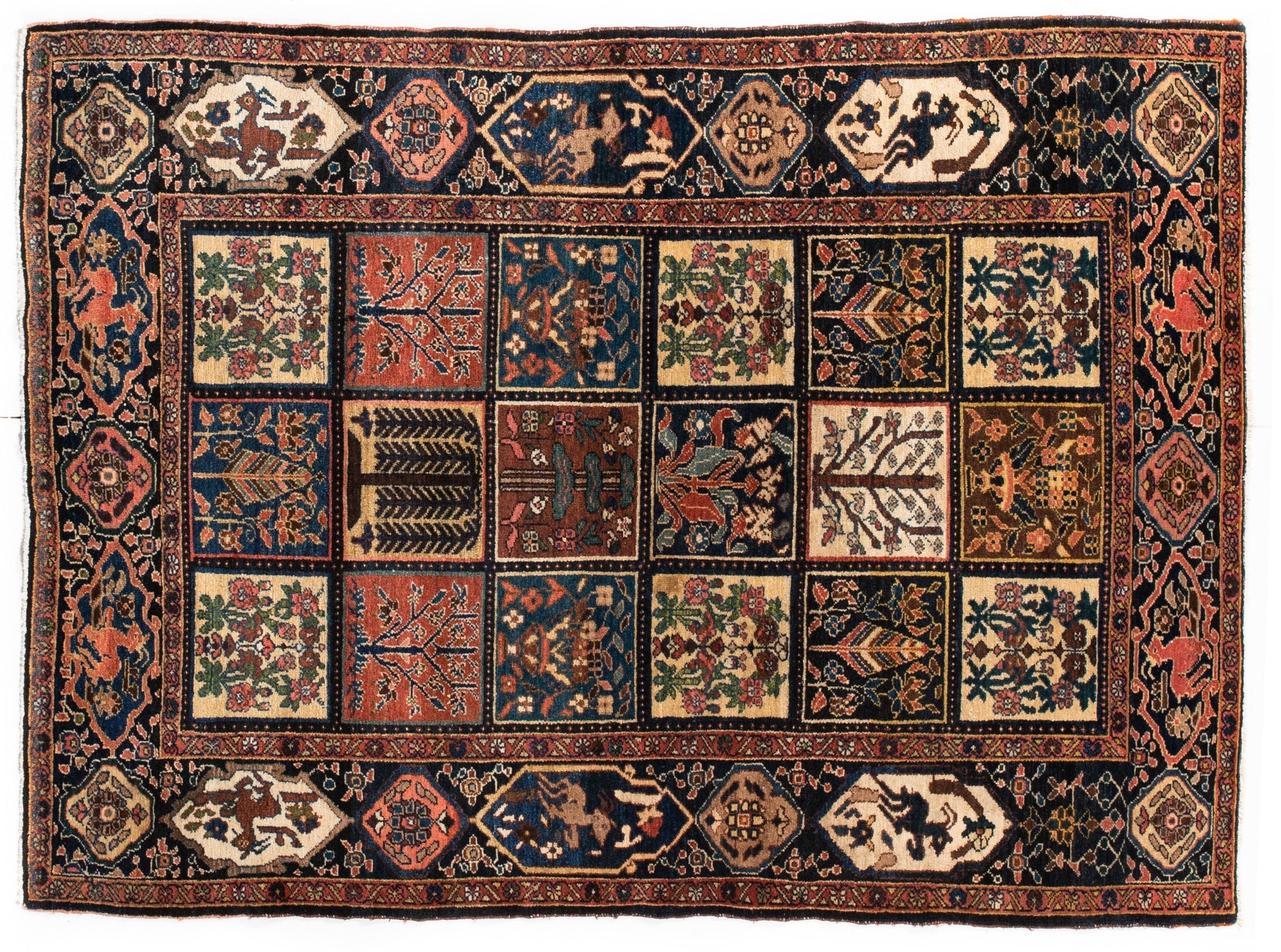
Each rug tells a unique story, with designs often inspired by the natural surroundings of the nomadic lifestyle, from rolling hills to meandering rivers. Renowned for their durability and rustic charm, Bakhtiari rugs serve as both practical floor coverings and intricate works of art, embodying the rich tradition and artistic prowess of Persian tribal weaving.
Join us in a 9-day tour built around Iran culture, the Persian people, and their tradition of carpet weaving as an expression of their ancient tribal identities.
Bijar rugs, originating from the Kurdish town of Bijar in western Iran, are revered for their exceptional durability, intricate designs, and dense pile. Renowned as the “Iron Rugs of Persia,” these rugs are crafted using a unique technique called “weft substitution,” where tightly packed wefts are hammered down to create a remarkably sturdy structure.

Renowned for their exceptional durability even under heavy foot traffic and retain their beauty for generations, Bijar rugs often feature intricate floral motifs, geometric patterns, and rich color palettes, showcasing Kurdish artisans’ masterful skill and attention to detail. Each Bijar rugs is a testament to centuries of weaving tradition, representing a harmonious blend of artistry and functionality that has captivated carpet enthusiasts worldwide.
Are you interested in buying a Persian carpet? Do not miss our complete guide on how to purchase the best Persian Carpet! If you wish to purchase a Persian carpet, you can contact us . We will introduce you to the best carpet sellers and importers. We can also help you get your beautiful Persian carpet delivered.
Esfahan Rugs
Esfahan rugs, originating from the historic city of Isfahan in central Iran, are revered for their exquisite craftsmanship, intricate designs, and luxurious materials. Renowned as the epitome of Persian urban weaving tradition, Esfahan rugs often feature intricate floral patterns, delicate arabesques, and a rich color palette that includes deep blues, vibrant reds, and soft ivory tones.
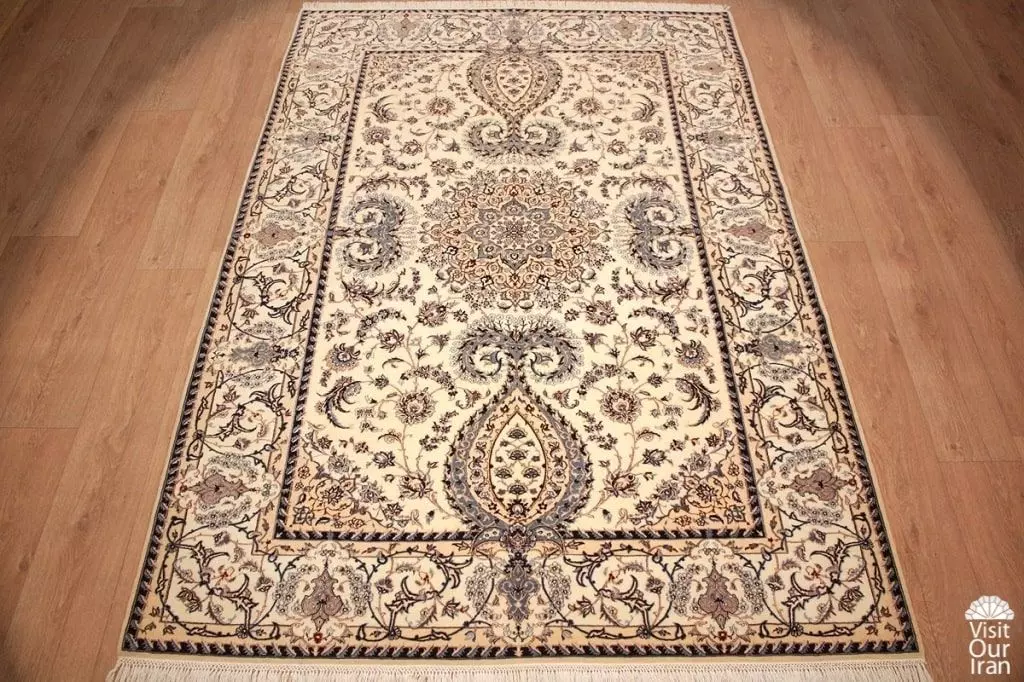
Woven with meticulous attention to detail using high-quality wool and silk, Esfahan rugs showcase the unparalleled skill of Esfahan’s master artisans. Each rug is a masterpiece of design and technique, reflecting the city’s rich cultural heritage and artistic legacy. Esfahan rugs are not only cherished for their beauty but also for their exceptional durability, making them prized possessions that are passed down through generations as treasured heirlooms.
Kerman Rugs
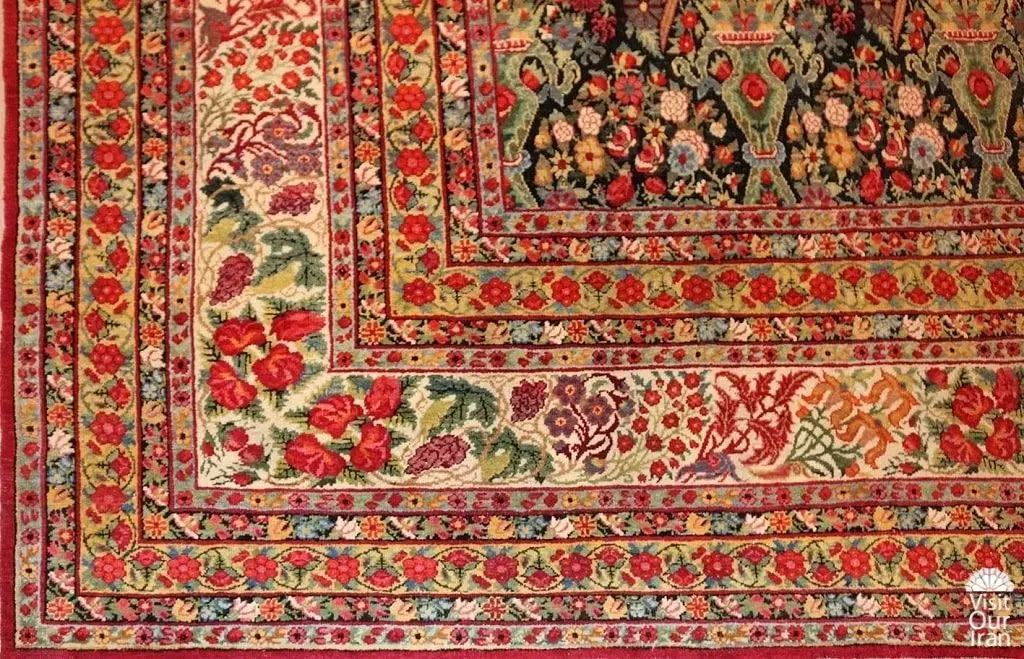
Located at the east of Iran, the city of Kerman borders the great Iranian deserts. It is the home to so many beautiful flower gardens and mountaintops covered in flowers. This diverse capability of Kerman has influenced and shaped the traditions and customs of this city. One who lives close to the desert knows the art of endurance more than anyone else. And endurance is one of the first qualities carpet experts give to Kerman carpets and rugs. Their beautiful mountain tops covered in flowers and their renowned gardens can be seen in their designs. Their carpets and rug styles are mostly made out of wool.
Farahan Rugs
Farahan rugs, originating from the Farahan region of Iran, are esteemed for their timeless beauty, diverse designs, and exceptional craftsmanship. These rugs often feature intricate medallions, floral motifs, and elaborate borders rendered in a harmonious composition that reflects the region’s rich weaving tradition. Renowned for their rich color palette, which includes hues of deep reds, blues, and earthy tones, Farahan rugs exude elegance and sophistication.

They are crafted with meticulous attention to detail using high-quality wool and natural dyes. Each rug is a testament to the skill and artistry of Farahan’s master weavers. Whether displayed as a focal point in a room or used to add warmth and texture, Farahan rugs embody the timeless beauty and enduring quality that have made Persian rugs cherished worldwide.
Heriz/Serapi Rugs
Heriz/Serapi rugs, originating from the Heriz region in northwest Iran, are among the most enduring and iconic Persian rugs. Characterized by their bold geometric designs, distinctive medallions, and vibrant color palettes, Heriz/Serapi rugs exemplify the beauty of Persian tribal weaving traditions. These rugs are renowned for their exceptional durability, owing to their thick, sturdy pile and high-quality wool sourced from local sheep.

The distinctive medallion motif, often surrounded by geometric motifs and intricate borders, is a hallmark of Heriz/Serapi rugs and reflects the region’s rich cultural heritage. Expertly crafted by skilled artisans using traditional hand-knotting techniques passed down through generations, each Heriz/Serapi rug is a testament to the masterful skill and artistry of the weavers. These rugs have garnered international acclaim for their timeless beauty and ability to complement various interior styles, from traditional to contemporary.
Kashan/Mohtasham Rugs
Kashan/Mohtasham rugs, originating from the city of Kashan in central Iran, are renowned for their exquisite craftsmanship, intricate designs, and luxurious materials. Named after the esteemed Mohtasham family of master weavers, these rugs represent the pinnacle of the Persian urban weaving tradition. Characterized by their intricate floral motifs, delicate arabesques, and rich color palette, Kashan/Mohtasham rugs exude elegance and sophistication. They are woven with meticulous attention to detail using fine Kurk wool and silk highlights.

Kashan/Mohtasham rugs boast a lustrous sheen and a velvety texture that adds to their allure. Each rug is a masterpiece of design and technique, showcasing the superior skill and artistry of Kashan’s master weavers. In demand by both collectors and enthusiasts alike, Kashan/Mohtasham rugs are cherished for their timeless beauty and enduring quality, making them prized possessions passed down through generations as treasured heirlooms.
Kerman rugs, originating from the southeastern province of Iran, are known for their intricate designs, exquisite craftsmanship, and rich history. Known for their diverse range of patterns, which can include floral motifs, intricate medallions, and geometric elements, Kerman rugs showcase the region’s mastery of weaving techniques and dyeing processes.
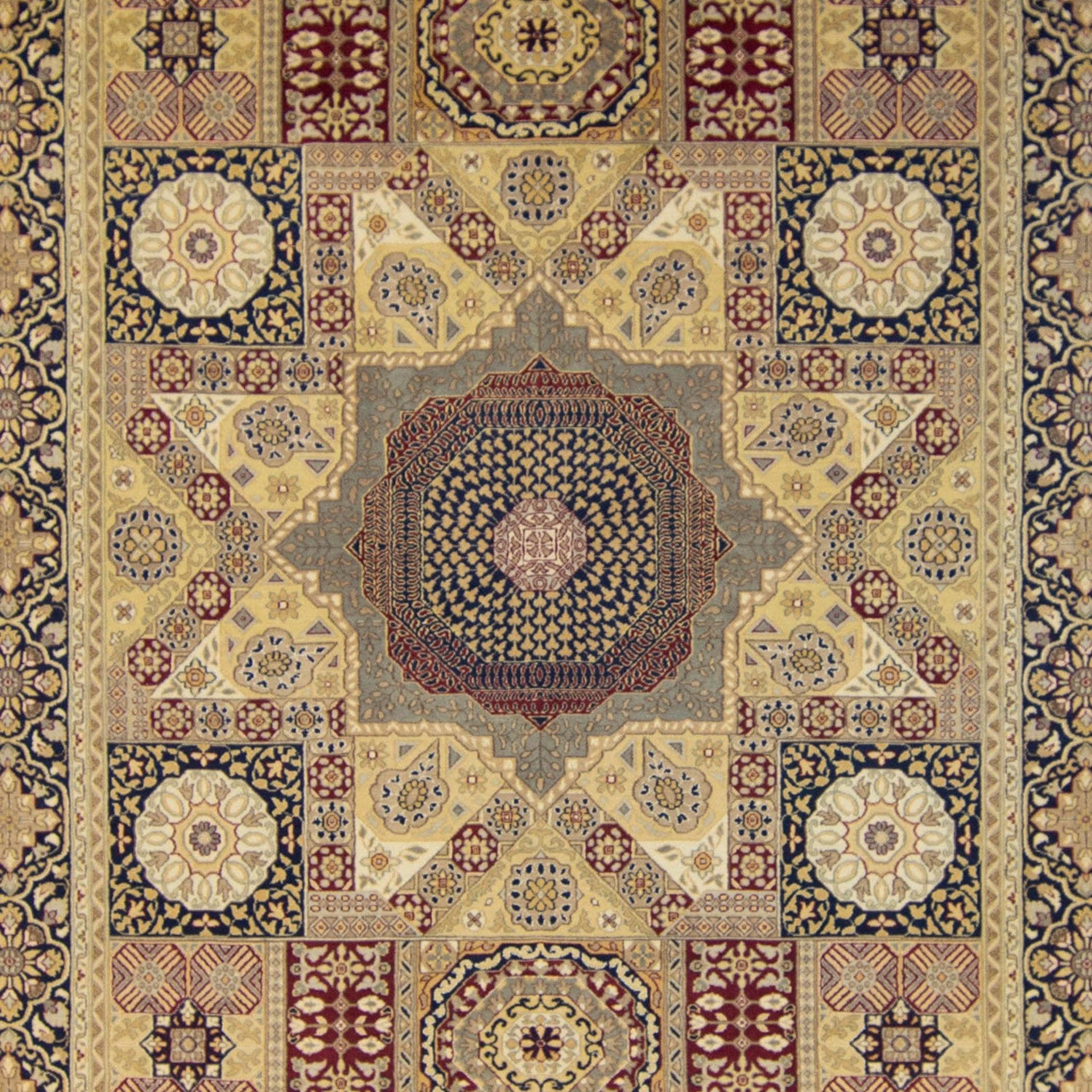
These rugs often feature various colors, ranging from vibrant hues to subtle earth tones, achieved through high-quality wool and natural dyes. Crafted by skilled artisans using traditional hand-knotting methods, Kerman rugs boast a luxurious pile and exceptional durability, making them prized possessions that enhance any interior space with their timeless beauty and unparalleled craftsmanship.
Khorassan/Mashad Rugs
Khorassan/Mashad rugs, originating from the northeastern province of Khorasan in Iran, are enduring symbols of Persian craftsmanship and cultural heritage. Renowned for their fine weaving techniques, these rugs often feature intricate floral patterns, elaborate medallions, and geometric motifs, showcasing the region’s rich artistic tradition. Crafted using high-quality wool and sometimes silk, Khorassan/Mashad rugs boast a luxurious texture and a striking color palette, with hues ranging from deep blues and rich reds to soft earthy tones.
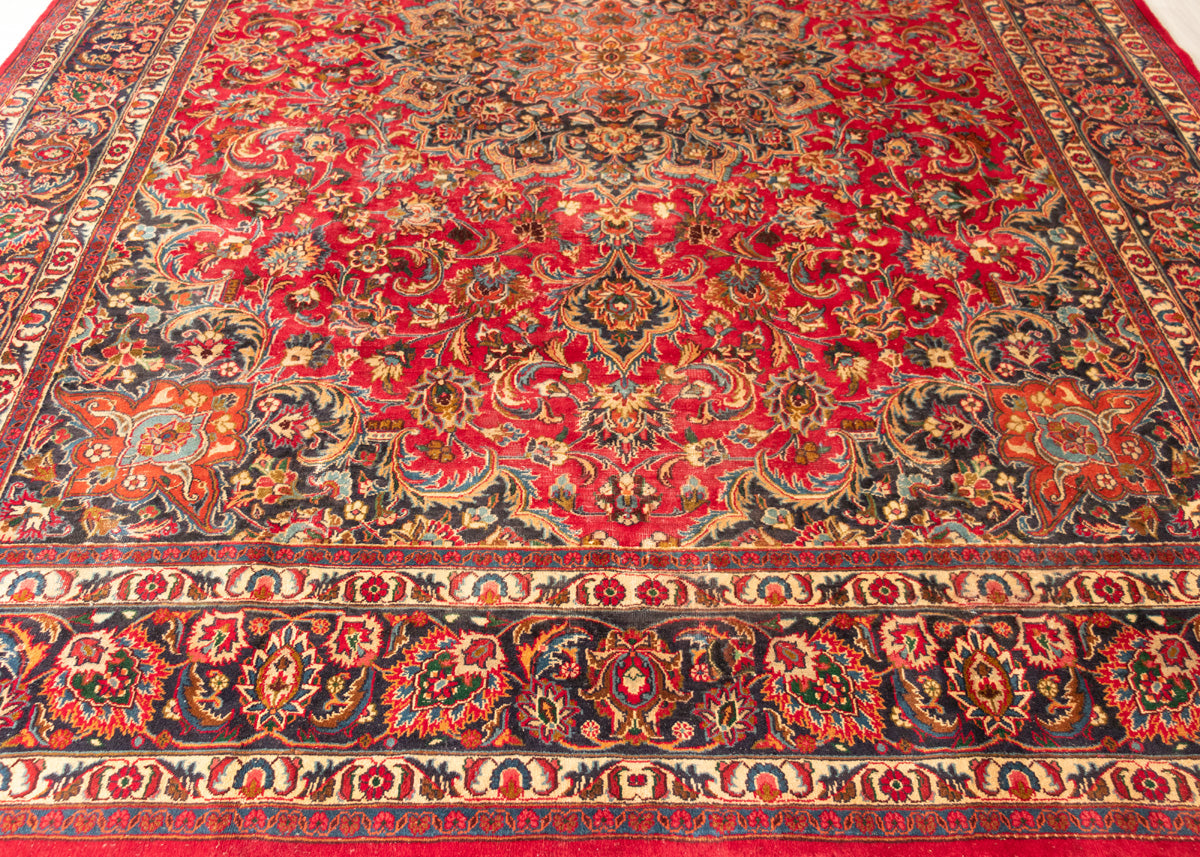
What sets these rugs apart is their exquisite designs and exceptional durability and longevity, making them cherished possessions with enduring value. Moreover, each Khorassan/Mashad rug tells a story, reflecting the artistic vision and cultural influences of the weavers who meticulously craft them. Whether adorning the floors of palaces or gracing the homes of collectors, these rugs are cherished for their beauty, craftsmanship, and rich history, making them highly sought-after pieces for interior decoration and investment.
Malayer Rugs
Malayer rugs, originating from the region of Malayer in western Iran, captivate with their rustic charm, intricate designs, and enduring quality. These rugs embody the essence of Persian tribal weaving, boasting bold geometric patterns, stylized floral motifs, and a rich color palette that reflects the region’s cultural heritage. Crafted by skilled artisans using traditional hand-knotting techniques, Malayer rugs feature a dense pile and sturdy construction, ensuring their durability and longevity.
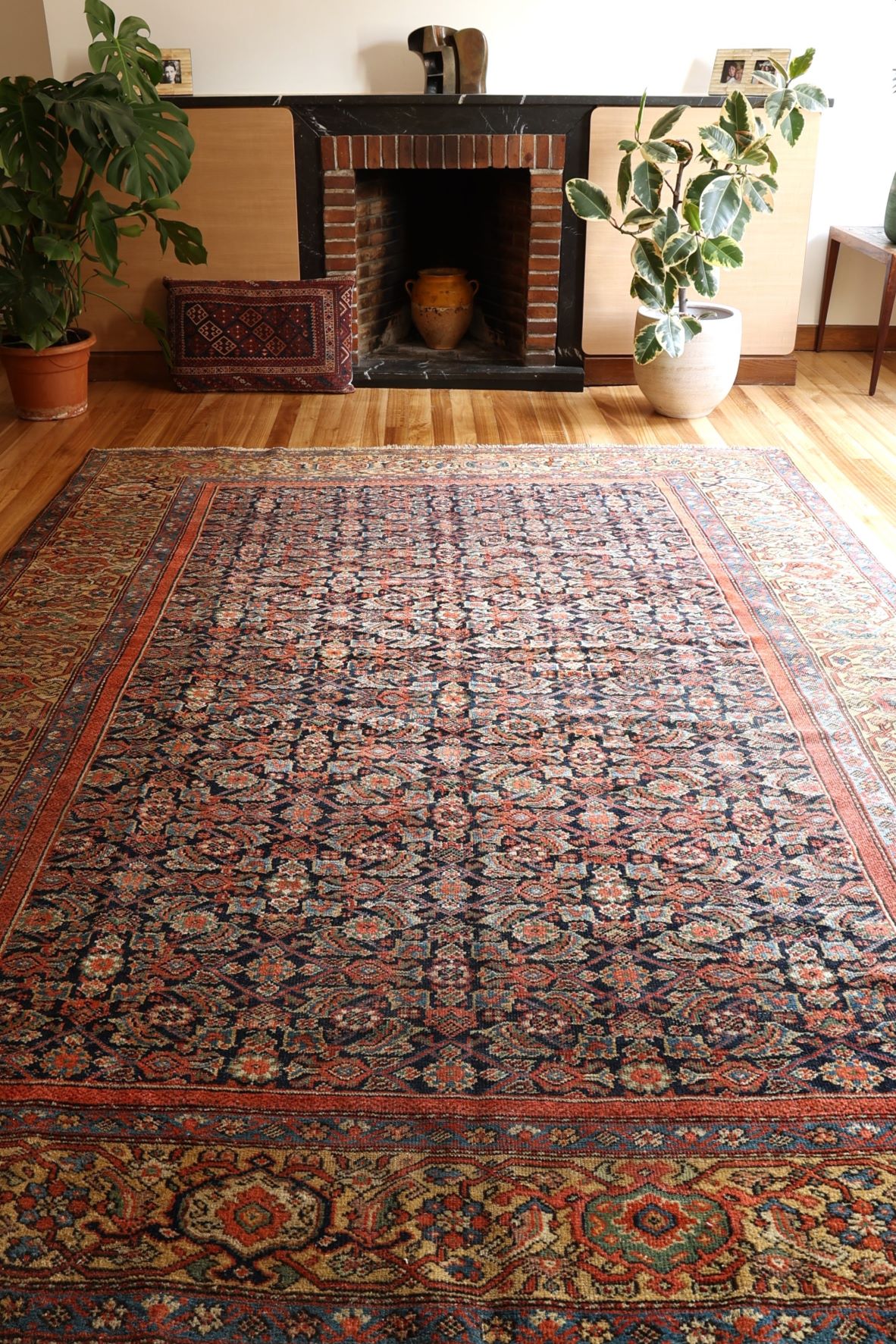
Their designs often exhibit a delightful asymmetry, showcasing the weaver’s artistic freedom and individuality. With a color palette ranging from warm earth tones to vibrant jewel tones, achieved through natural dyes, Malayer rugs add depth and character to any space. Whether displayed as statement pieces or used to add warmth and texture to a room, these rugs are cherished for their timeless beauty and cultural significance, embodying the rich weaving traditions of Iran’s nomadic tribes.
Sarouk Rugs
Sarouk rugs, originating from the village of Sarouk in western Iran, epitomize the elegance and enduring quality of Persian rug craftsmanship. Renowned for their dense pile, intricate floral designs, and distinctive color palette, Sarouk rugs have been valued for centuries. These rugs often feature elaborate medallions surrounded by intricate floral motifs and vine scrolls, rendered in a harmonious composition that reflects the region’s rich cultural heritage. Crafted using high-quality wool and occasionally silk, Sarouk rugs boast a luxurious texture and lustrous sheen, adding to their allure.
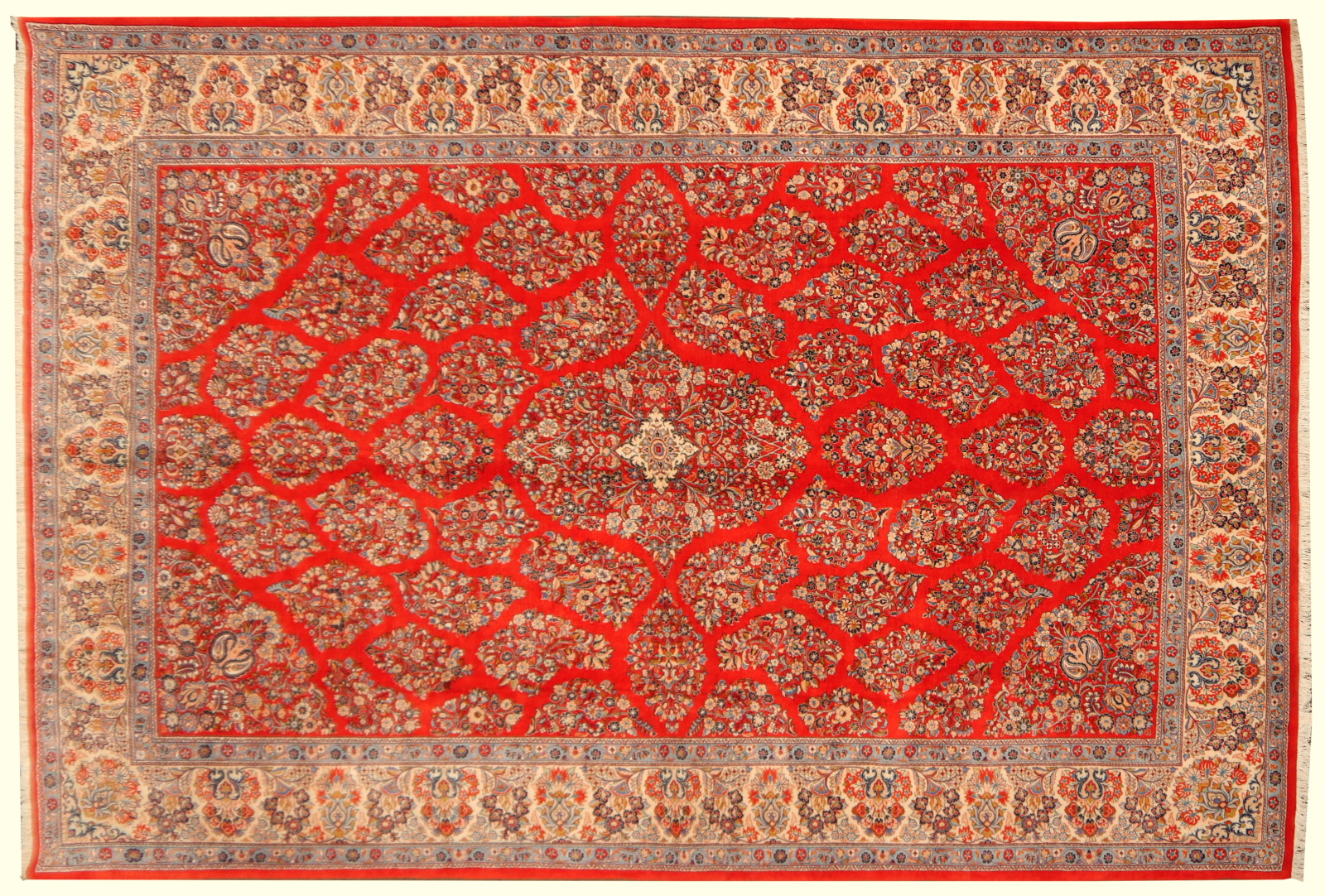
What sets Sarouk rugs apart is their exceptional durability and lasting quality, rendering them perfect for spaces with heavy foot traffic in both residential and commercial spaces. Beyond their practicality, each Sarouk rug tells a story, reflecting the artistic vision and craftsmanship of the weavers who meticulously create them. Whether displayed as focal points in grand interiors or used to add elegance and warmth to contemporary spaces, Sarouk rugs remain highly sought-after for their timeless beauty, craftsmanship, and historical significance, serving as cherished artefacts passed down through generations.
Senneh Rugs
Senneh rugs, crafted in the Kurdish town of Senneh (now Sanandaj) in western Iran, represent the epitome of sophistication and artistry in Persian rug weaving. Known for their intricate designs, Senneh rugs are prized for their exceptional craftsmanship and timeless beauty. These rugs often feature delicate floral motifs, intricate geometric patterns, and stylized medallions, showcasing the region’s rich cultural heritage and artistic tradition. Crafted using high-quality wool and occasionally silk, Senneh rugs boast a luxurious texture and a lustrous sheen that adds to their allure.
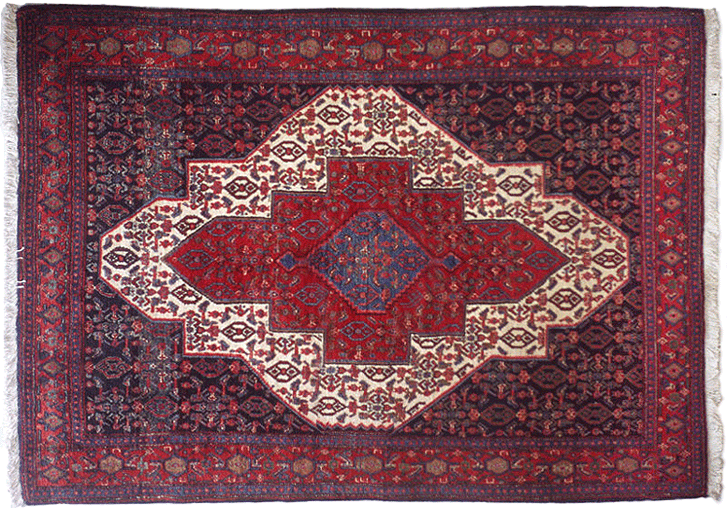
What sets Senneh rugs apart is their fine weave, achieved through the use of specialized techniques and careful craftsmanship by expert artisans. With a diverse color palette ranging from rich jewel tones to subtle earthy hues, Senneh rugs enhance elegance and sophistication to any interior design. Whether displayed as statement pieces or used to add warmth and texture to a room, Senneh rugs are cherished for their exquisite craftsmanship, artistic flair, and historical significance, serving as timeless treasures that enrich the ambiance of any setting.
Sultanabad/Mahal Rugs
Sultanabad/Mahal rugs, woven in Sultanabad (now Arak) in west-central Iran, epitomize the pinnacle of Persian rug weaving excellence. Renowned for their grandeur, durability, and timeless beauty, Sultanabad/Mahal rugs have captivated collectors and enthusiasts for centuries. These rugs often feature bold, oversized designs with geometric motifs and stylized floral patterns rendered in a vibrant color palette that includes rich reds, deep blues, and soft ivory tones. Crafted using high-quality wool and occasionally silk, Sultanabad/Mahal rugs boast a luxurious texture and a lustrous sheen, adding to their allure.

What sets Sultanabad/Mahal rugs apart is their impeccable craftsmanship and attention to detail, achieved through the skilful hands of master weavers. With their versatile designs and enduring quality, Sultanabad/Mahal rugs are prized possessions that effortlessly elevate the aesthetic of any space, from traditional to contemporary settings. Whether displayed as statement pieces or used to add warmth and character to a room, these rugs embody the rich cultural heritage and artistic legacy of Persian rug weaving, serving as cherished heirlooms that bring beauty and sophistication to generations of admirers.
Tabriz Rugs
Tabriz rugs, originating from the historic city of Tabriz in northwest Iran, stand as masterpieces of Persian rug weaving artistry and refinement. Known for their meticulous artistry, elaborate patterns, and diverse color palettes, Tabriz rugs have earned a place of honor in oriental rugs. These rugs often feature medallions, intricate floral motifs, and geometric patterns rendered in a harmonious composition that reflects the region’s rich cultural heritage and artistic tradition. Crafted using high-quality wool, silk, and occasionally gold or silver threads, Tabriz rugs boast a luxurious texture and a lustrous sheen that adds to their allure.

Their aesthetic beauty, exceptional durability and longevity make them prized possessions that stand the test of time. With their versatility and timeless appeal, Tabriz rugs seamlessly complement various interior styles, from traditional to contemporary. Whether displayed as statement pieces or used to add warmth and elegance to a room, Tabriz rugs are enduring symbols of Persian craftsmanship and cultural heritage, cherished by collectors and enthusiasts worldwide.
Persian Kilims
Persian Kilims, renowned for their exquisite craftsmanship and rich cultural heritage, represent Iran’s weaving tradition uniquely. These flat-woven rugs, known as “gelims,” are prized for their versatility and intricate geometric designs, often incorporating bold patterns and vibrant colors. Crafted by skilled artisans using traditional techniques age-old methods transmitted across generations, Persian Kilims showcase a mastery of weaving that dates back centuries. Unlike pile rugs, Kilims are woven on a loom, resulting in a flat surface that is both durable and lightweight.
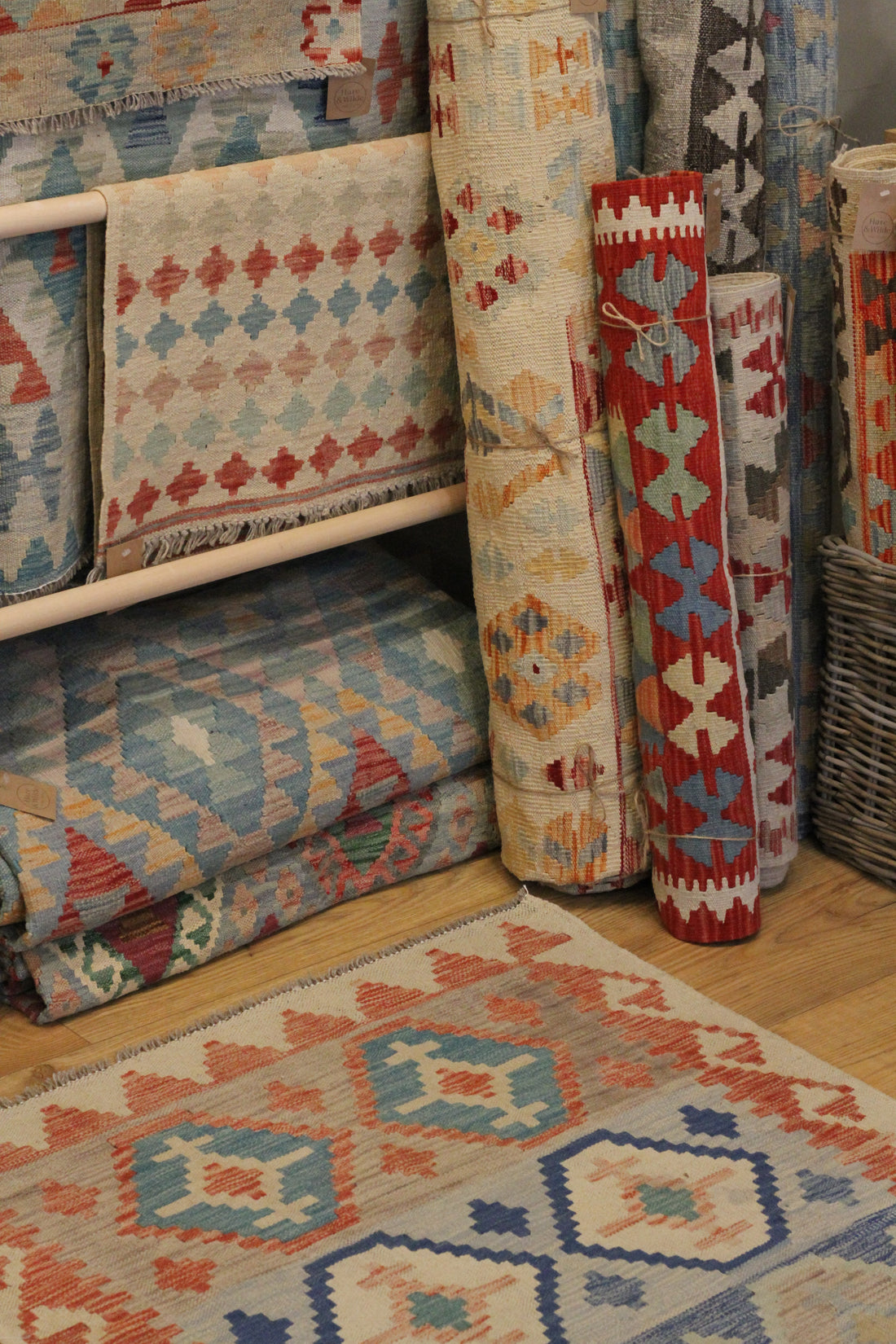
Beyond their practical use as floor coverings, Persian Kilims are versatile decorative pieces, often doubling as wall hangings, saddle covers, or bags. Each Kilim tells a story, reflecting the cultural heritage and artistic vision of the weavers who create them. With their timeless beauty and rich symbolism, Persian Kilims continue to captivate collectors and enthusiasts worldwide, serving as cherished heirlooms that embody the spirit of Iranian craftsmanship and tradition.
Persian Rugs: Threads of Tradition and Beauty
Persian rugs encapsulate not just the artistry of weaving but also the rich cultural tapestry of Iran. From the intricate designs of city rugs like those from Kashan to the rugged charm of tribal rugs like Bakhtiari, each rug tells a story of tradition, craftsmanship, and heritage. Whether adorning the floors of grand estates or enhancing the warmth of contemporary homes, Persian rugs serve as timeless treasures that transcend mere floor coverings, offering glimpses into centuries of artistry and cultural exchange.
Persian rugs continue to enchant collectors and enthusiasts worldwide, showcasing the legacy of Persian craftsmanship and the enduring allure of these exquisite works of art. We are aware that choosing and buying Persian carpets for your space may sound difficult. Contact us for a friendly consultation and expert assistance in selecting the perfect Persian carpets and rugs for your space. Don’t hesitate to drop your questions below – we’re here to make your carpet shopping experience delightful!
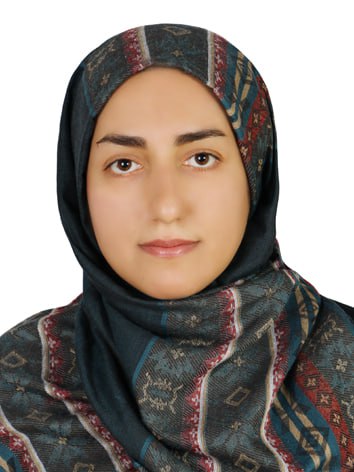
Table of Contents
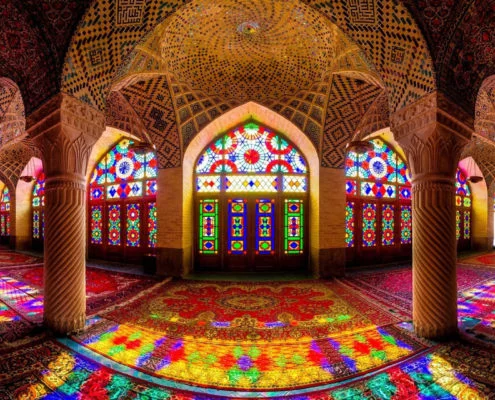
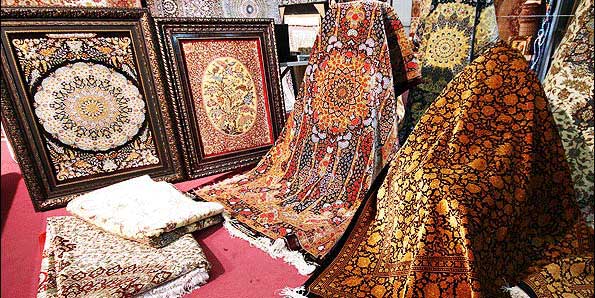
Carpet Museum
Persian Carpet Museum
Carpet-weaving is undoubtedly one of the most distinguished manifestations of Iranian culture and art. Also, Iranian carpet weaving center such as Kashan , Kerman , Isfahan , Tabriz , Khorasan, Kordestan are the famous ones ,as the materials used in their carpets including wool and cotton, Which they are displayed in the Persian Carpet Museum in Iran.
Also, you can join our team, Iran Destination , and get more acquainted with Iranian museum in different cities. Iran travel agency , Iran Destination, will organize your trip to Iran. You can offer your tailor-made trip to Iran or visit our programs on the Iran tour page . You can contact to our Iranian travel agency , our agents are online to answer all your questions.
Carpet Museum Tehran
In 1978, the founder Museum of Iran established this museum with a limited number of Persian carpet and kilims , in order to revive and develop the art of carpet-weaving in the country and to provide a source to satisfy the needs for research about the historical background and evolution of this art.
Carpet museum of Iran with a beautiful architecture and facade resemble a carpet-weaving loom. It is located on northwest of Laleh Park in Tehran borrowing part of this beautiful park. It is in 7-8 minutes walking distance to Contemporary Art Museum. Also, just north of the Museum of the Contemporary Art, the carpet Museum houses more than 100 pieces dating from the 17 th century to the present day. Also, it is the great place to see the full range of regional patterns and styles found in Iran , plus a few unique carpets such as the Tree of Kings and Notable.
It is composed of two exhibition galleries in two floors covering an area of 3400 m2. Also, the ground floor gallery is for permanent exhibitions of astonishing designs and works and the upper floor gallery is considered for the temporary exhibitions of carpets, kilims and carpet museum.
The museum itself was designed by Queen Farah Diba and mixes classic ‘70s style with carpet-inspired function – the exterior is meant to resemble threads on a loom, which cool down the main building by casting shadows on its walls.
Iran Destination , Persian Carpet Museum
Just have a look at our Iran Travel Guide and read about Iran . Also you can rely on our Iran Tour Operator and have the best memories in Iran. Also, review our Iran tour packages and choose one before you travel to Iran. Please feel free to contact us regarding any issue on your mind.
However, for any further information regarding our tours and offers, please click on our best selling Iran tours:
- Tour of Persia (6 night & 7 Days)
- Iran Highlight tour (11 nights & 12 Days )
- New: Iran Private tour (8 Nights and 9 Days)
- Best Seller of previous month: Iran Desert tour (12 days and 13 night)
- Iran Nomad Tour
- Iran tailor-made Tours ( contact us!)
For any further information regarding travelling to Iran, please follow our Instagram.
Enquire About This Tour
About author.
Sarvin Niroomand
My name is Sarvin Niroomand. Working at Iran Destination travel agency. I love travelling all over the world. I have seen so many countries such as Russia, Turkey, Dubai, Thailand and etc. And also there are many beautiful places in my country that i like to see in future.
You Might Also Like This

What are the best handicrafts in Iran?

Travel Agency that Shows you everywhere
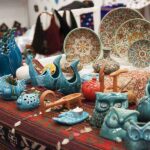
What are the best souvenirs from Iran?
Shopping in iran: where to go for your souvenirs, world wonders and sights seeing in iran.

Visit ChoghaZanbil Ziggurat
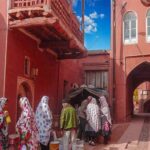
Iran destination tour
Three domes, daniel tomb, zarch aqueduct (zarch garden aqueduct) in yazarch.
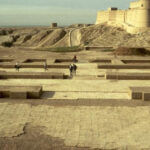
Apadana Palace in Shush
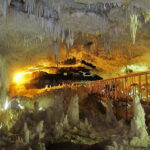
Kataleh Khur Cave in Zanjan
Chehel sotoun palace in qazvin, sadeh celebration in iran, armenian christmas, alavian dome, boroujerdi house, rig jen desert in iran, gissom forest park in gilan province, ashken stone cave in jahrom , iran, falak al-aflak castle in lorestan, traditional iranian music, monar jonban in isfahan.

waterfalls of Iran
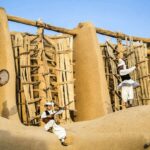
Asbads of Iran
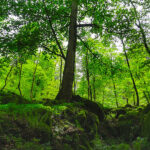
Caspian Hyrcanian mixed forests
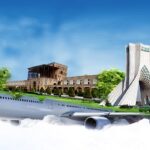
Travel to Iran experience

5 Best Tourist Attractions of Iran

Iran Mountain and Trekking Tour
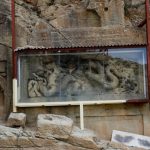
Chinese New Year in Iran

Iran travel experience

Iranian Caravansary in Silk Roads
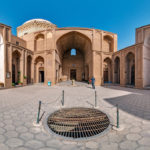
Alexander Prison
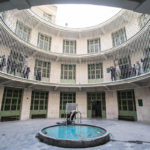
Dark Tourism: Iran Ebrat Museum

Chaldoran Church
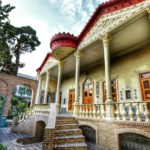
Moghadam Museum House

Sun Palace; the legacy of Nader Shah

Anahita Temple; Goddess of Water

Lipar; A Reddish Lake
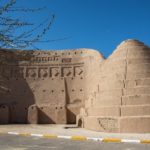
Historical Ice Storage Kerman

Maharloo; The Pink Lake
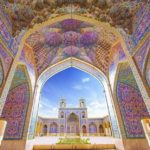
Why you should travel to Iran?

Nakhcheer; One of the Most Beautiful Cave in the World

Visit Iran in Autumn
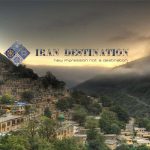
Masuleh Village; The Cloudy Village of Iran

Iran National Railway
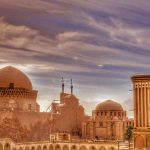
Akbariyeh Persian Garden

Red Soil: Hormuz Island
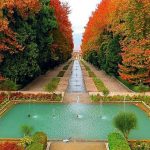
Mahan, The Gem of Kerman
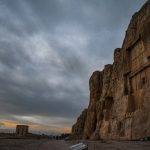
Naghshe Rostam: Part 1
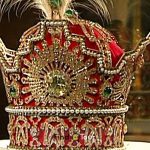
Iran Jewelry Museum

Cyrus the Great; Founder of Achaemenid Empire

The Bridge of Nature, Masterpiece of Tehran

Mesr Sandy Desert
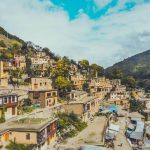
Masuleh, The Gem of the North
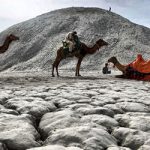
Mud Volcano in Iran
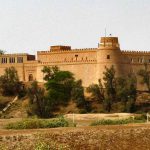
Akropol Castle
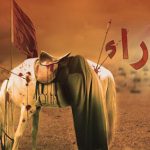
Ashura from Tourists’ Glance
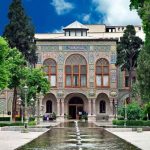
How is Iranian Architecture?
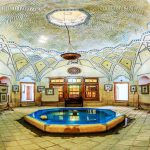
Time Museum: A Different Museum in Iran

Guilan Austara

Iran Safari Tour, Experience the Adventure

12 Top Photography Positions Tehran
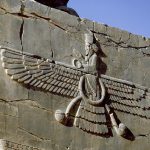
Towers of silence: Recalling the Death

Filband village; high in the sky
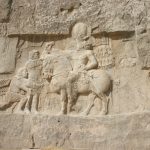
Naghsh e Rostam Reliefs

Hot Water Springs in East Azerbaijan

Sultan Amir Ahmad Traditional Bathhouse
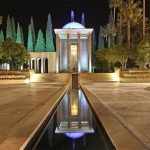
Shiraz 4 Great Persian Poets
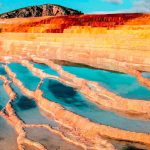
Kandovan Rocky Village
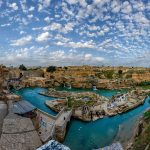
Ancient Engineering: Shushtar Historical Hydraulic System
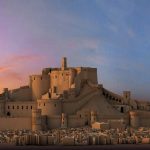
Bam Citadel; UNESCO world heritage of Kerman
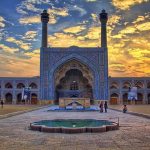
Iran’ 6 Unique and Spectacular Mosques
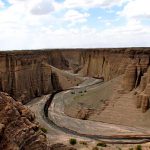
Rageh Canyon; In the Heart of desert

Joy of Cycling around Lar Lake
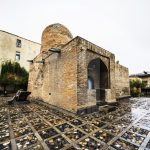
Jewish Myth in Iran: Tomb of Esther and Mordechai
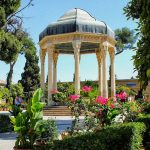
Hafez; persian mythical poet | Iran Destination

Zeinodin Caravanserai; Back to Basics
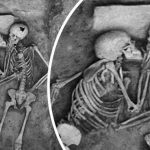
Ancient Iran: The Secret of 2800 Years Old Kiss
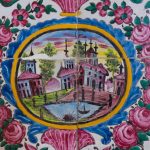
Persian Rose
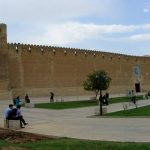
Karim Khan Citadel
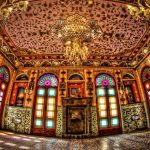
The Gem of Tehran: Golestan Palace

Kish Island; The Land of Sun and Sea!
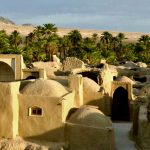
Isla Bella: The Ancient city of Harireh

The Highlight Attractions in Shiraz
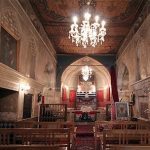
5 Religions in the Religious alley in Shiraz!
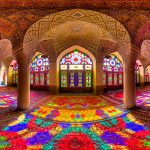
Pink Mosque Shiraz

A Mysterious Cave in Iran: The Kingdom of Shapour
Necropolis: a journey to the “city of dead” in iran.
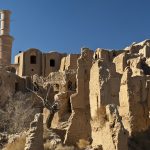
Top 4 Oldest Cities of Iran

Qeshm Island
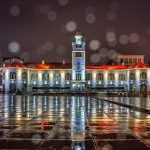
Food in Rasht, Creative City of Gastronomy (UNESCO)
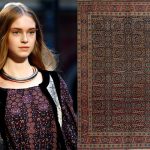
Tabriz rugs inspired collection by Hermes

Ahvaz, Iran
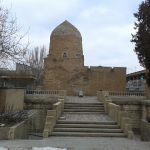
Tomb of Esther and Mordechai, Hamedan

Kermanshah, Iran
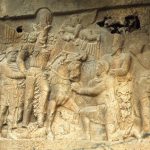
Bishapoor, Kazeroon
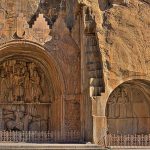
Taq Bostan , Kermanshah
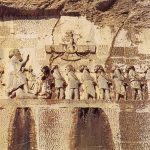
Bistoon of Kermanshah
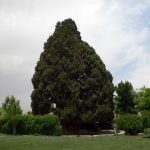
Abarkooh Cypress in Yazd
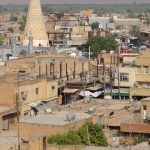
Shush City in Khuzestan
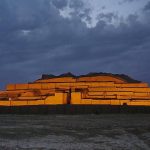
Chogha Zanbil Ziggurat
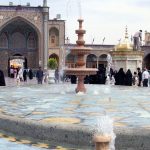
Qom: Best of Qom, Iran Tourism
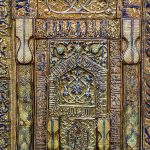
Islamic Museum Tehran
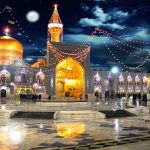
Imam Reza Shrine
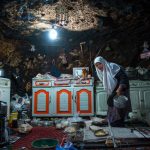
Meymand village of Kerman
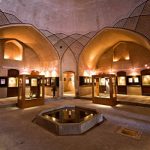
Coin museum of Kerman
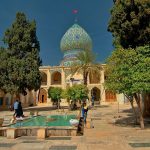
Ali ebn e Hamzeh holy shrine, Shiraz
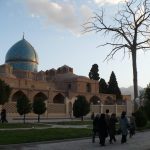
Shah Nematolah e Vali, Kerman
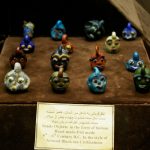
Glassware and Ceramic Museum of Tehran
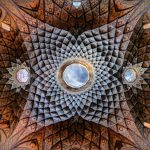
Kashan Bazaar

Saadabad palace, Tehran
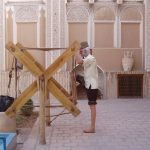
Water Museum of Yazd


Azadi Tower
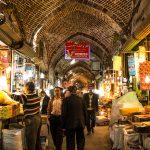
Bazaar Kerman, Iran
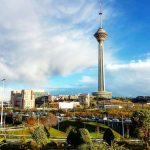
Milad tower tehran
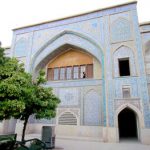
Khan School
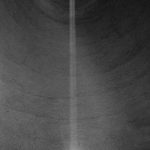
Jame Mosque in Kerman
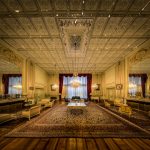
Niyavaran Palace in Tehran
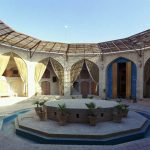
Zeinodin Caravanserai, Yazd

Tehran Museum of Contemporary Art
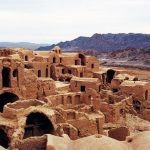
Kharanagh village
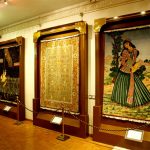
Carpet Museum, Tehran
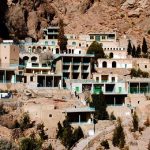
Chak Chak in Yazd
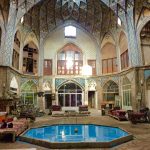
Grand Bazaar Tehran
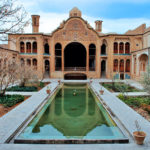
Boroujerdiha house in Kashan
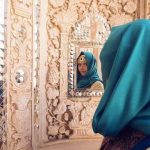
Tabatabaei house
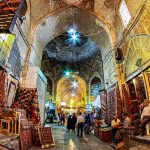
Vakil Bazaar, Shiraz’s Shopping center – Iran Destination
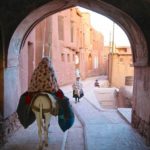
Abyaneh Village : Red Village in Iran
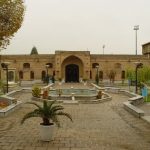
National Museum of Iran in Tehran, Iran – Iran Destination

Kish Island Tourism – Iran Destination
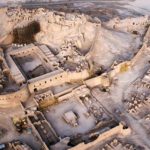
Bam Citadel Kerman
![iran carpet tour Ganj Ali Khan Bath in Kerman , [Iran Tourism & Touring Organization]](https://irandestination.com/wp-content/uploads/Ganj-Ali-Khan-Bath-2-150x150.jpg)
Ganj Ali Khan Bath in Kerman
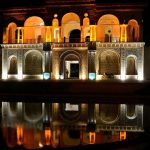
Shazdeh Garden, UNESCO site -IranDestination

Shahdad desert and Kalouts
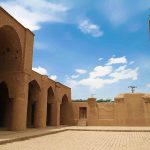
Nain Jame Mosque
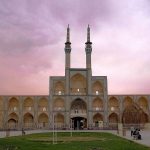
Amir Chakhmaq
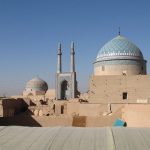
Yazd Jame Mosque
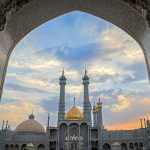
Lady Fatima Masoumeh Shrine
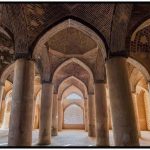
Isfahan jem Mosque -UNESCO World Heritage Centre

Tabiat Bridge in Tehran

Silence Tower in Yazd

Fire Temple of Yazd
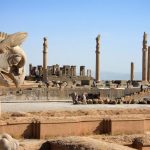
Hafez Tomb in Shiraz
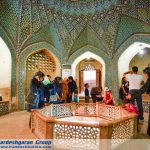
Saadi Tomb in Shiraz
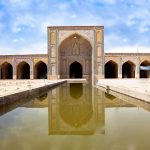
Zandiyeh complex in Shiraz

Eram Garden
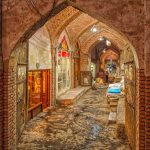
Tabriz Bazaar

Quran Gate in Shiraz
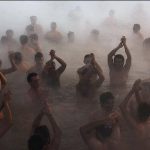
Naqsh-e Rajab
Pasargadae – unesco world heritage center.
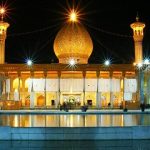
Shah-e-Cheragh Holy Shrine in Shiraz

Necropolis or Naqsh-e Rustam
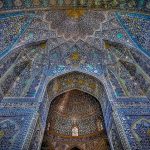
Iranian Architecture

Alisadr Cave Hamedan
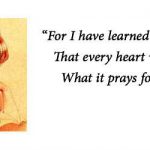
Hafez, the Great Iranian Poet
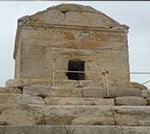
Tomb of Cyrus the Great
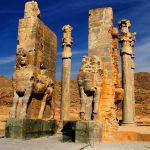
Narenjestan Garden of Shiraz

Tehran National Jewelry Museum
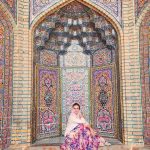
Nasir al Molk,the Colorful Mosque of Shiraz
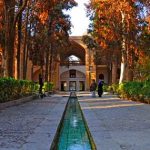
Fin Garden of Kashan

Yazd, Iran City of the Bests
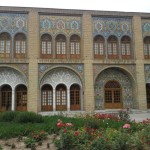
Golestan Palace in Tehran
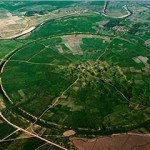
Gour,First City of Sassanian Dynasty
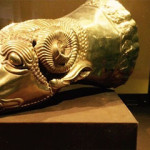
Reza Abbasi Museum
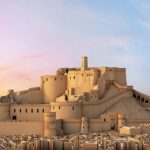
A Brief History of Arge Bam
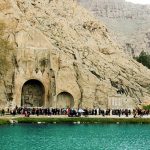
Taq-e Bostan Kermanshah
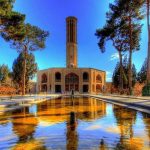
Dolat-Abad Garden (Yazd) – All You Need to Know Before You Go to Iran
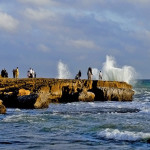
Iran Zahedan Chabahar
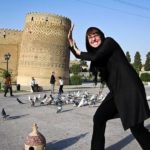
Arg-e Karim Khan Shiraz
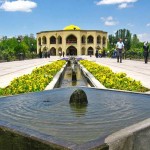
El Goli of Tabriz
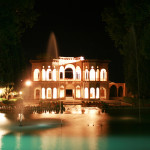
Mahan,Kerman,Iran
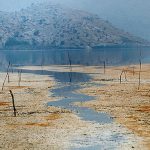
Natural wonders of Arjhan and Parishan
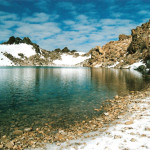
Sabalan Land of Wonders
Anahita temple of bishapur.
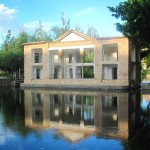
Damqan, a silk road city, attractions

Spring in Shiraz Gardens
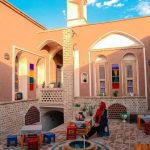
Explore Historical Houses of Kashan during Your Visit to Iran

Iran Mineral Springs

Chogha Zanbil
Leave a comment.
You must be logged in to post a comment.
Popular Links

Online chat
Do you have any question?
- (+98)21-22067020
- [email protected]

- Iran cultural tours
- Women tours
- Culinary tours
- Iran adventure tours
- Iran budget tours
- Itineraries
- Luxury Tours
- Daily tours
- Iran polo tours
- Combination tours
- Tailor–made tours
- Mice and Exhibition
- Hotel Reservation
- Medical Tourism
- Travel News
Persian Carpet Tour
The brief itinerary
The Persian carpet tour
Itinerary: The Persian carpet tour is an 8 day tour which begins with the reception of tourists at the airport and then transferring them to the hotel, passing the first night at Tehran. On the second day, there is a visit to the Carpet Fair in the morning and in the evening you visit Saad Abad Palace and museums. The day after, we fly to Shiraz after having another visit of the Carpet Fair and you meet carpet weavers and rug repair shops and bazaar . On the day 4th, we take a trip to Persepolis and there would be more tours about carpet in the evening. The day fifth of our tour covers a flight to Isfahan and a visit to the magnificent Nagsh-e Jahan Sq and the carpet bazaar and also the Tour of Isfahan in the evening. On the 6 th day of our tour, beside the tour of Isfahan in the morning, you would know about carpet weavers and carpet shops in the city. In the last two days of the tour we return to Tehran and after a tour in Tehran we hold a farewell dinner party before departure.
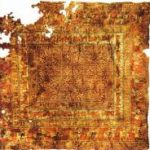
Day 1 [Tehran] [Tehran]
Day 2 [Tehran] [Tehran]
Day 3 [Tehran] [Fārs ]
Day 4 [Fārs ] [Fārs ]
Day 5 [Fārs ] [Isfahan]
Day 6 [Isfahan] [Isfahan]
Day 7 [Isfahan] [Tehran]
Day 8 [Tehran]
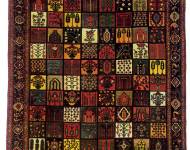
Bakhtiari Carpet
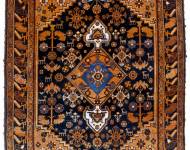
Boulvardi Carpet
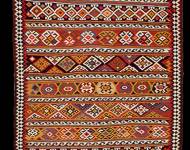
Ghashghaee kilim
Reserve Now
This form is NOT a reservation for a tour. You will be contacted to discuss the availablity of the tour times you requested and to confirm a scheduled tour. Thank you for your interest in visiting our tour.

Persian carpet weaving historical tour

- Culture and Art , Tour guide

Introduction
Persian carpet weaving has been an inseparable part of Iranian culture. In fact, most people around the world have at least heard of the Persian carpet-weaving industry and its magnificent products. If you are interested in Iran and Iranian culture, you might want to familiarize yourself directly with this valuable and prestigious aspect of Iranian art. What would help you do such a thing better than visiting a place where various Persian carpets, from different historical periods, are displayed all at once?! That place certainly is the Carpet Museum of Iran. In this article, we first explain the Iranian carpet through a socio-historical lens and then introduce the Carpet Museum of Iran and its valuable items for those interested in a carpet-weaving historical tour while they are in Iran.
Kental Iran Travel is an Iranian tour guide agency that offers various touring packages, including a Persian carpet historical tour, at affordable costs and with high-quality touring services. Visit Kental Iran Travel’s website to see their touring options.
Iranian Carpet weaving
Throughout history, Persian carpets we made by both nomadic communities, which constituted about one-third of Iran’s population by the mid-19 th century, and sedentary peoples – in rural areas as well as in workshops and private businesses in urban communities. Therefore, Persian carpets are, in a sense, portfolios of the cultural identities of various Iranian peoples. Especially, the Safavid era is the age of flourishment for the Persian carpet industry – multiple carpet weaving workshops across Isfahan, then the capital of Iran, and other cities made tens of thousands of prestigious carpets each year. Back then, the products of the Persian carpet-weaving industry were primarily for exportation to Europe by Dutch and British merchants of great mercantile companies of the early modern period.
Persian carpets are woven in many different cities in Iran today. Persian carpets are famously known for their unique weaving techniques and the high quality of materials used in them. For example, the use of fine wool, lively and intricate colors, and the unique and stylistic patterns in which they are woven. Especially, Persian carpets woven by rural and nomadic weavers are most commonly viewed as the authentic Persian carpet, although they are coarser and are not pre-planned. Gabbeh carpets which are the most prestigious Persian rugs available in the market belong to this group of Persian carpets.
Carpet Museum of Iran
The Carpet Museum of Iran is located in Laleh Park at the center of Iran’s capital, Tehran. The construction of the museum was completed in 1978 by Farah Pahlavi, the wife of Iran’s last shah. The primary goal of such a project was for education and research in Iranian arts. However, creating a collection of Iranian carpets in the form of a public museum was another goal of the big project.
The Carpet Museum of Iran is constructed in an area of around twelve hundred square meters and has unique and modern architecture designed by one of the most well-known Iranian engineers of that time. In particular, the exterior of the museum depicts Iranian traditional carpet-weaving machines.
The building of the Carpet Museum of Iran has an area of 3400 square meters and consists of different sections, including a permanent hall, exhibition hall, restoration workshop, and library, among others. Below, we will try to describe what you will see when you enter the Carpet Museum of Iran, although seeing it yourself is completely different and will leave you mesmerized by the glamour you will find in the museum!
NOTE: Kental Iran Travel is a Tehran-based travel agency that offers various touring packages, including a Persian carpet historical tour, at affordable costs and with high-quality touring services. Kental Iran Travel also offers the best Iran tour guides to visitors to Iran. Visit Kental Iran Travel’s website to see their touring options.
Ground floor
On the ground floor, which is the permanent hall of the Carpet Museum of Tehran, you will be presented with 150 stunningly beautiful carpets, the oldest of which dates back to the 16 th century. 135 of these carpets were woven in Isfahan, Tabriz, Kashan, Kerman, Khorasan, and Kurdistan. The unique coloring and design of these carpets will take you back and forth in Iranian cultural history.
Figure 3 Ground floor – Carpet Museum of Iran
First floor
The first floor includes various sections each of which presents native and foreign tourists with unique aspects of Persian carpet weaving culture. Various temporary, seasonal, and international exhibitions have been held on the first floor of the Carpet Museum of Iran. Below, we will describe what sections you will enter on the first floor of the museum.
Figure 4 First floor – Carpet Museum of Iran
Exhibition hall
In this hall, numerous films and slides are displayed to the audiences to familiarize them with the carpet-weaving industry of Iran. Especially, you will be presented with a lot of useful information about the methods of the internationally-known carpet weaving industry in Iran through a historical lens.
Figure 5 Exhibition hall – Carpet Museum of Iran
In the professional library of the Carpet Museum of Iran, you will find more than 3500 volumes of literature about the Persian carpet-weaving industry in Persian, Arabic, French, English, and German. In addition, there are the latest volumes of research journals about the Persian carpet industry.
Figure 6 Library – Carpet Museum of Iran
Carpet restoration workshop
In this workshop, as the name of this section suggests, carpet specialists restore old and torn carpets. Specialists here apply various methods of restoration of carpets to preserve this valuable collection of magnificence for the coming generations.
Figure 7 Restoration workshop – Carpet Museum of Iran
Carpet weaving classes
After seeing all this beauty in the Carpet Museum of Iran, you may want to tie the knots and weave a carpet yourself! The museum offers carpet weaving classes at two elementary and advanced levels. The teachers are chosen from among the best specialists of carpet weaving in Tehran. At the end of the courses, you will be given a license that you can use to create your own business in carpet weaving in your own country.
In this article, we first offered a brief history of the Iranian carpet-weaving industry. Then we introduced the most important carpet museum in the nation, the Carpet Museum of Iran, which you can visit during your travel time in Iran.
Kental Iran Travel is one of the most experienced Iran tour guide agencies that offers various touring packages, including a Persian carpet historical tour, at affordable costs and with high-quality touring services. Visit Kental Iran Travel’s website to see their touring options. Also, if you are interested in carpet weaving classes at the Carpet Museum of Iran, you can contact Kental Iran Travel.
Related Posts:

Related Post :

How to get Iran visa ?

Why medical tourism in Iran?

How can I get medical visa for Iran?
Leave a reply cancel reply.
You must be logged in to post a comment.
popular articls :
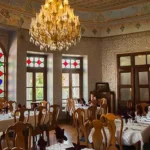
Best Restaurants in Shiraz: Explore Menus, Ambiances, Contacts
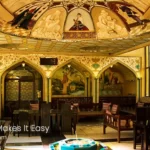
Best Restaurants in Isfahan: Explore Menus, Ambiances, Contacts
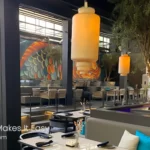
Best Restaurants in Tehran: Explore Menus, Ambiances, Contacts
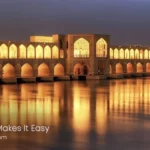
Si O Se Pol Bridge
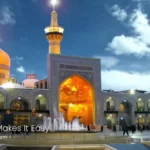
Exploring the Sanctity of Imam Reza Holy Shrine: A Tourist’s Guide
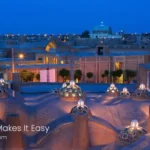
Kashan attractions – Things to do in Kashan

Request Visa
Kental tour packages
Kental Medical
Iran Travel Guide
Make your tour
Be our partner
Offical Channels
Subscribe for updates & promotions
Copyright © Kentaltravel. All rights reserved. Legal notice

Persian Carpets
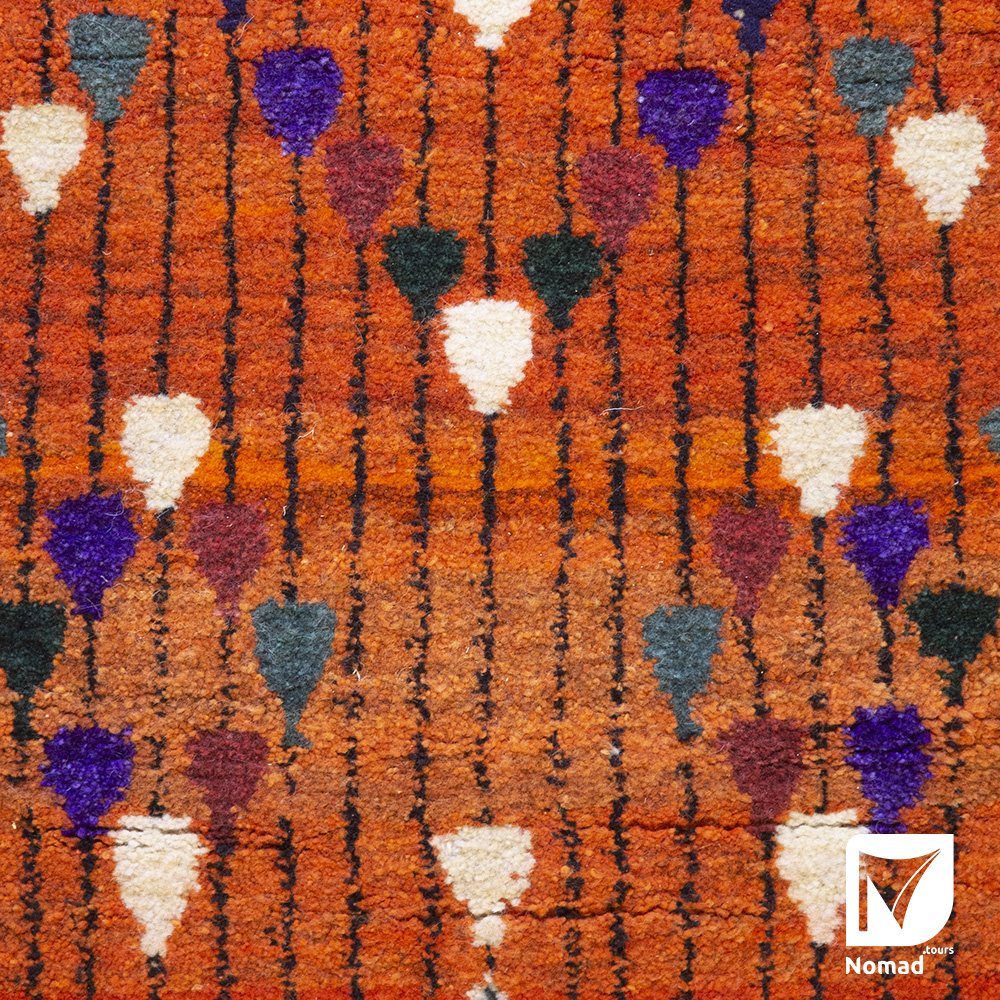
WhatsApp us
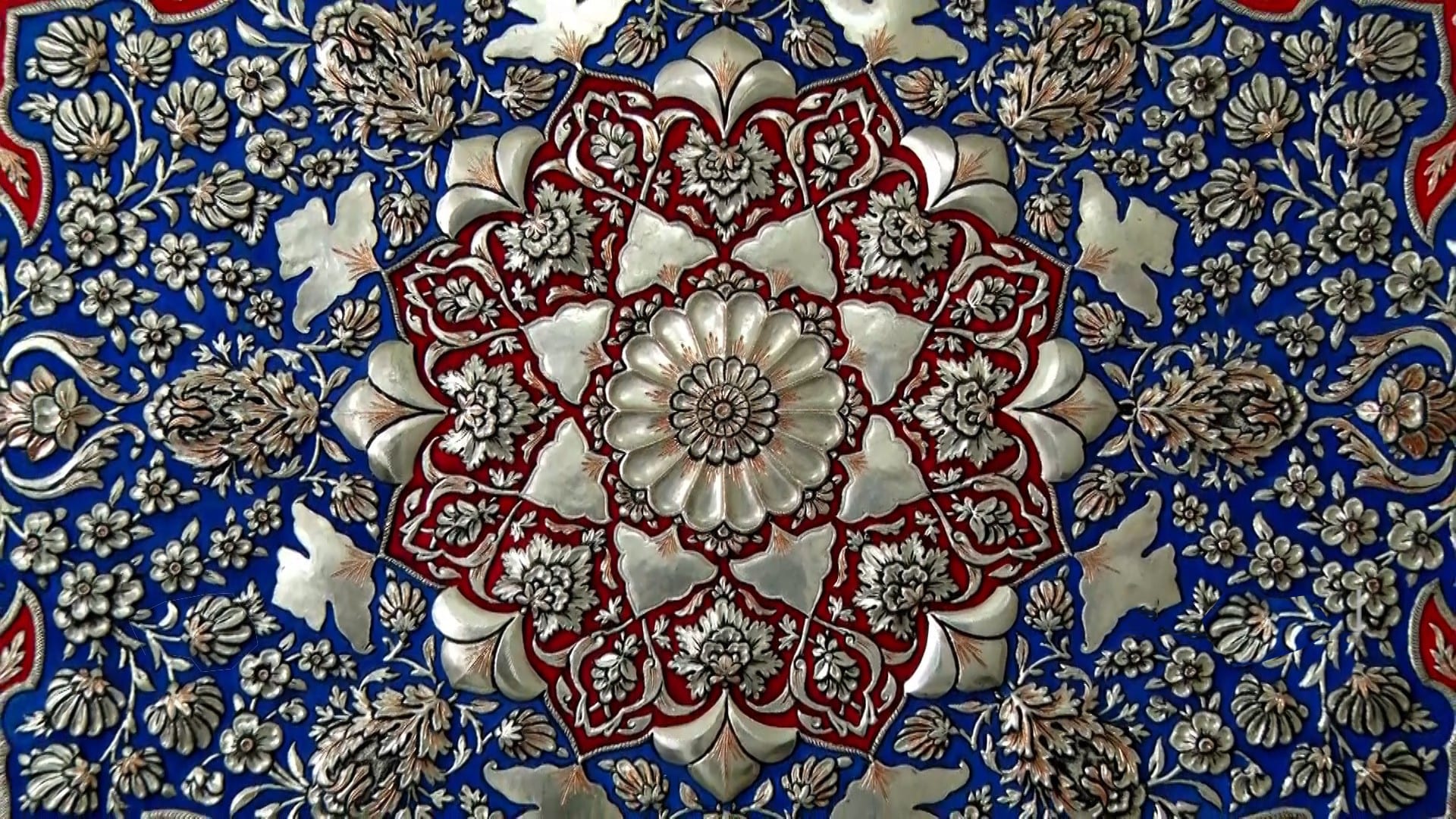
Engraving(Ghalam Zani)
Artistic Persian Hand Engraving on Metals

Persian Enamel (Minakari)
Art of Coloring Metal Surfaces
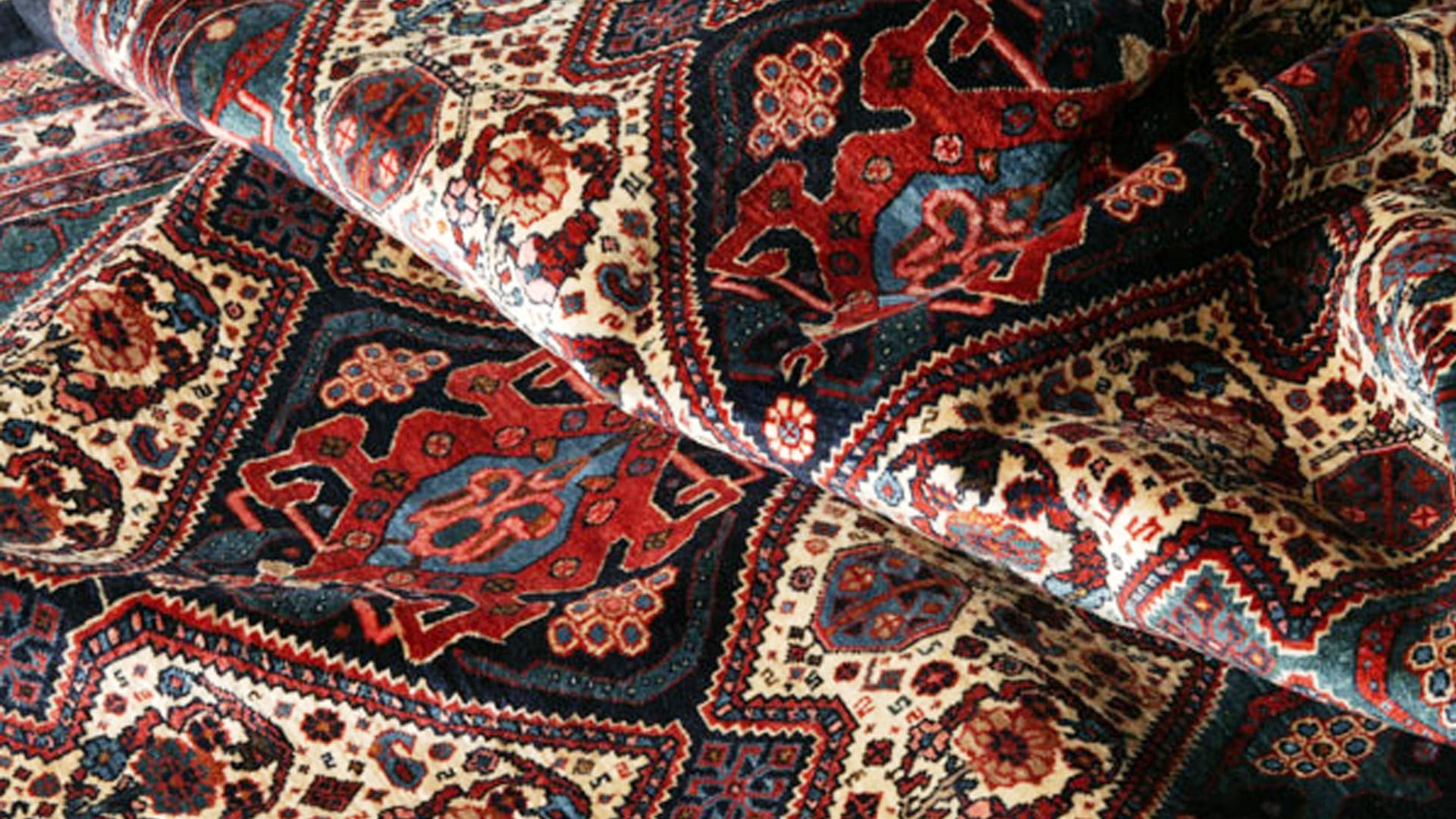
Persian Carpet
The name of Iran seems to have been woven in the warp and weft of carpet. Carpet is an inseparable part of Iranian identity.
Iran Handicraft Tours

Fatemeh Fereidooni is a highly qualified and experienced tourism professional. She holds university qualifications in English interpreting and translation and Women’s Studies from reputable Iranian universities and has had nearly 20 years in all aspects of tourism in Iran, Afghanistan and France: as a guide and tour leader, in marketing, client liaison and general tour […]

introducing history, culture, art and daily life of Iran through its handicrafts
Needle works
Needlework is decorative sewing and textile arts handicrafts and in Iran we have many different type of that
Wooden Handicrafts
Inlaid work means wood decorating with multiple regular sides. Khatam as is called in Iran, is made in different sides five, six, eight, and ten sides
Metal Handicrafts
There is a good variety of metal works among Iran handicrafts that you can visit, become familiar and buy all of them
Traditional Persian clothing, although not worn in urban areas, has been well preserved in texts and paintings throughout history.
Pottery and Tilework
The history of the art of pottery in Iran goes back into ancient time. When agriculture came into existence and cultivation started on Iran’s plateau

- Persian Carpet tour
Learn about the art, history and culture behind Iran’s great art form through visiting carpet workshops and see how they are designed and produced

- Termeh, a luxurious Persian textile
Persian Handwoven Fabric, which is woven with silk and wool and sometimes with gold and silver, is mainly used for decorative…
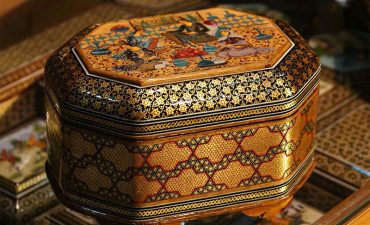
- Khatam kari
Khātam is an ancient Persian technique of inlaying. It is a version of marquetry where art forms are made by decorating the surface of wooden articles with delicate pieces of wood
Last Articles
- Lalejin, City of Pottery
Follow us in:
Kerman Carpet: A Kaleidoscope of Colors and Floral Patterns
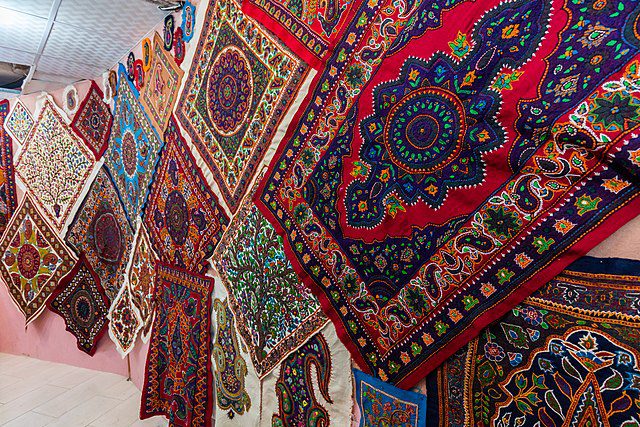
Table of Contents
Kerman city: a quick review.
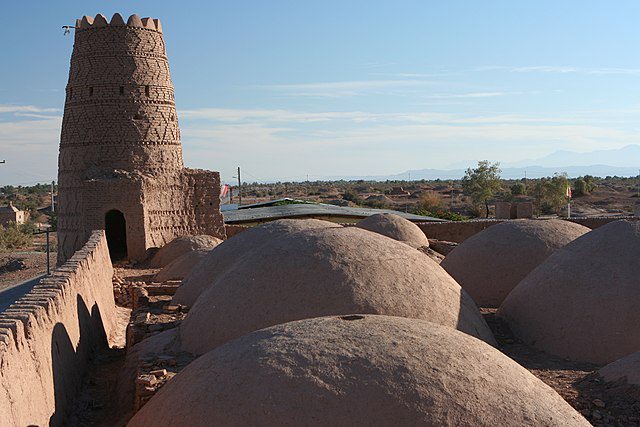
While the ancient city of Kerman is celebrated as a city steeped in history, it also boasts a different kind of fame. Nestled in its arid landscapes are some of Iran’s finest pistachio farms, known far and wide for their top-notch produce. These pistachios, renowned for their quality, find their way to all corners of the globe, marking Kerman as a significant contributor to the world’s pistachio market.
The land’s bounty doesn’t stop there, for Kerman’s lush landscapes have also made animal husbandry a way of life for its people. This provides them with exceptional raw materials that weave into the rich tapestry of Kerman’s carpet craftsmanship. It’s no wonder that Kerman’s skilled artisans have earned a reputation as exceptional carpet weavers and stand proudly as Iran’s premier carpet exporters.
Kerman Carpets
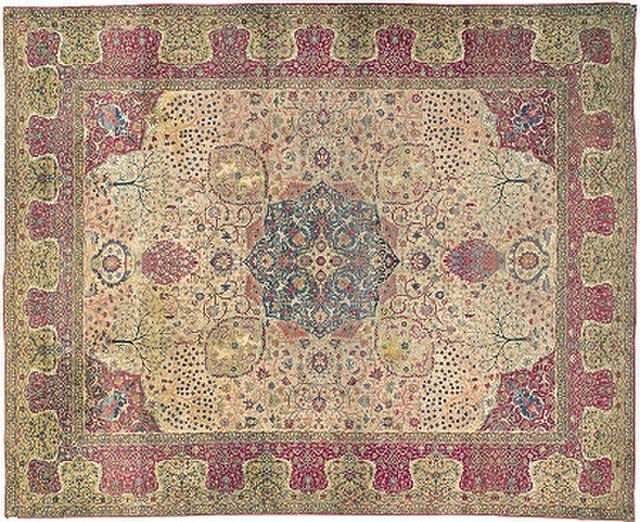
Situated far from the bustling city of Tehran, Kerman has a long history of crafting Persian carpets . In the past, these carpets were celebrated as the finest of their kind, though the quality has changed over time. Even so, Kerman carpets still belong to the top tier of hand-knotted rugs, upholding a cherished tradition deeply rooted in Kerman’s culture.
Kerman carpets are known for their vibrant red hues, complemented by soothing shades of beige. They often feature a beautiful medallion at the center, surrounded by intricate floral designs. This blend of colors and patterns infuses life into these carpets, each one telling a unique story. Crafted from high-quality sheep’s wool for the soft pile and cotton for the warp and weft, Kerman carpets may not have the highest knot density, with about 160,000 knots per square meter, but they maintain their cultural significance and timeless charm in the world of Persian rugs.
History of Kerman Carpet
Kerman’s history in rug weaving spans over five centuries, making it a revered hub for creating some of the world’s most cherished Persian rugs. The city’s skilled artisans have tirelessly passed down their age-old techniques from one generation to another. What sets Kerman rugs apart is not just their captivating aesthetics but also their remarkable durability, making them a true investment.
These rugs, adorned with one-of-a-kind patterns, have earned a well-deserved global reputation. Each Kerman rug tells a story of craftsmanship, a tale of artistry that transcends time and brings warmth and beauty to every space it graces.
Over the centuries, Kerman’s reputation for making rugs has only grown. People from far and wide appreciate the craftsmanship of Kerman’s rug makers. It’s not just a craft; it’s a tradition that connects the past with the present. These rugs aren’t just things to put on the floor; they’re treasures that pass along the culture and skill of Kerman’s people. So, when you have a Kerman rug in your home, you’re not just adding a beautiful decoration, you’re also bringing a piece of history and art into your life.
Characteristics of Kerman Carpet
Kerman rugs are celebrated for their intricate, winding designs and detailed patterns, weaving together a seamless fusion of both florals and geometric shapes. The color palette is a captivating dance of gentle pastels, deep blues, and opulent reds, forming a stunning tapestry of hues that captivate the eye.
Arg-e Bam, Iran: A Marvel of Brick Architecture
These rugs typically feature prominent centerpieces, elaborate borders, and intricate corner elements, each a testament to Kerman’s vibrant cultural legacy and the imaginative spirit of its talented weavers. In every knot and curve, Kerman rugs narrate a story of artistry, painting the heritage of a city with threads of creativity.
Kerman Ravar (Lavar) Rugs
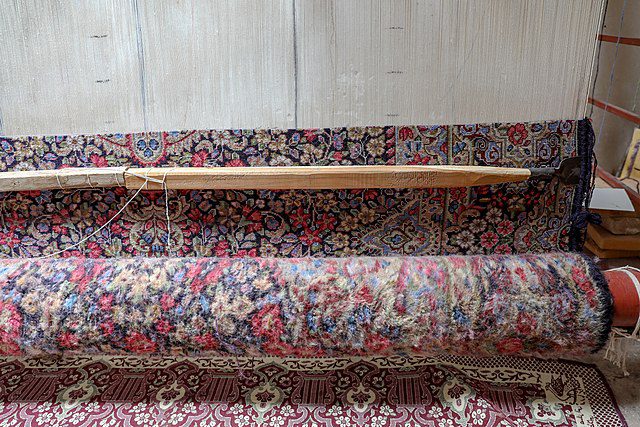
In the world of rug making, Kerman Ravar (Lavar) rugs stand out as incredible pieces of art. These rugs are made in the nearby town of Ravar and are known for their extremely delicate weaving and detailed designs, much like the brushstrokes in a painting. The patterns on Kerman Lavar rugs often depict stories, some from a long time ago, others from today, capturing the essence of a town famous for its weaving tradition.
These special rugs are crafted with great care and skill, connecting the past to the present. Each rug is a masterpiece that embodies the rich heritage of Kerman, a heritage that travels across the globe and finds a place in homes and hearts worldwide.
The creation of Kerman Lavar rugs showcases the exceptional abilities of the artisans who are devoted to this traditional craft. They meticulously choose the finest wool and silk threads and make sure that every knot is perfectly placed. This results in rugs that are not just functional but also pieces of art.
The soft colors and detailed designs on Kerman Lavar rugs reveal the various influences that have shaped the region’s history. Persian, Arab, and even European elements often blend together in a captivating mix of culture and design. Each rug becomes a historical tapestry, reflecting the passage of time. They are more than just decorative items; they also carry cultural significance.
As these rugs travel the world, they bring a part of Kerman’s spirit with them. They grace the floors of homes, adding warmth and elegance, and are often passed down through generations as beloved family heirlooms. The tradition of Kerman Lavar rugs lives on, not only sharing their origin stories but also the dedication and passion of the people who create them, making them timeless treasures in the realm of art and craftsmanship.
Things to Do in Kerman
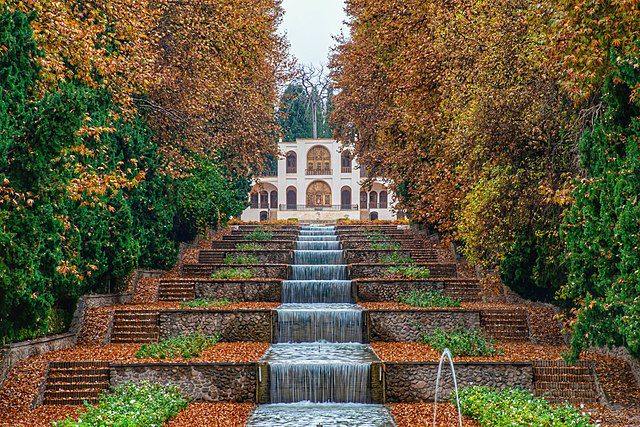
Kerman, a city with a deep history and a vibrant culture, welcomes visitors with a variety of fascinating experiences and attractions. Here are some of the top places to explore:
The Shazdeh Garden
A UNESCO World Heritage site , Shazdeh Garden , one of the beautiful Persian gardens , provides a peaceful retreat with its lush greenery and flowing water. It’s a serene place to escape and connect with nature’s beauty, a sanctuary for the spirit.
The Ganjali Khan Complex
This remarkable historical site includes a bathhouse, mosque, and bustling bazaar, offering a glimpse into Kerman’s rich architectural heritage. Walking through its passages feels like stepping back in time, surrounded by the echoes of days gone by.
Jameh Mosque of Kerman
This architectural marvel is not only a place of worship but also a testament to the city’s architectural prowess. The intricate tile work and design of this mosque make it a must-visit for history and art enthusiasts.
The Kerman Bazaar
A lively marketplace where you can watch local craftsmen at work and discover a wide range of traditional handicrafts, including exquisite Kerman rugs.
Top 15 Traditional Iran Bazaars: A Comprehensive Guide
Exploring here offers a window into the city’s artistic heart, where the legacy of craftsmanship thrives. It is also a good opportunity to buy a Persian carpet as one of the best souvenirs from Iran .
FAQs about Kerman Carpet
Q1: is it kerman or kirman rugs.
A1: Kerman carpets, also known as “Kirman” carpets, are a kind of traditional Persian rug. Kerman is a place in southern Iran, and this term can also refer to a specific style that might have been created in other areas.
Q2: Are Kerman rugs good quality?
A2: For many centuries, Kerman has been a significant place for making top-notch Persian rugs, starting from the 17th century. The Vase Carpets from the Safavid era are some of the most outstanding Persian rugs ever crafted.
Q3: What is a Persian Kerman rug?
A3: Kerman rugs are built with a base of soft cotton and silky Carmania wool, which makes them feel smooth and sturdy. They are called “vase carpets” because they feature intricate floral designs and big palmetto shapes that cover the entire rug. These carpets are typically seen in classic red and blue colors.
Q4: How do I identify a Kerman rug?
A4: Kerman rugs and carpets are easily recognizable among antique Persian rugs. They usually have a pattern with flowers or buildings in the main border and a central medallion in the middle.
Q5: Where do Kerman rugs come from?
A5: Kerman rugs come from the ancient city of Kerman in southeastern Iran. They are famous for their detailed patterns, excellent craftsmanship, and top-notch materials. Collectors and rug enthusiasts have admired these beautiful rugs for a long time because of their grace and sturdiness.
Last Words: Unlocking the Allure of Kerman Carpets with Customized Iran Tours
Kerman, a city far from Tehran, has a long history of making Persian carpets. Even though the quality has changed over time, Kerman carpets are still considered some of the best hand-knotted rugs. They are known for their bright red and calming beige colors, often featuring a center design and intricate floral patterns that make each carpet special. They’re made from good-quality sheep’s wool and cotton and, while they might not have the most knots per square meter, they’re still very important in Persian rug culture.
If you aspire to embark on a journey to Iran and immerse yourself in the world of exquisite Kerman Carpets, a custom-tailored tour may be the key to a truly remarkable experience. With Iran Tours designed and executed by To Iran Tour , you can be confident that your exploration of Kerman’s world-famous carpets will be an experience like no other. Our team of experts is dedicated to understanding your desires and crafting a personalized plan that not only covers the renowned Kerman Carpet weaving centers but also takes into account your specific interests.
Iran is waiting to be explored, and we’re ready to make it happen.
Discover the Rich and Diverse Persian Carpet Culture!
Leave a reply cancel reply.
Your email address will not be published. Required fields are marked *
Save my name, email, and website in this browser for the next time I comment.
Recent Posts
- Achaemenid Empire: Exploring the Origins
- Ahvaz, Iran: A City of Contrasts and Unity
- Things to Do in Kerman: Top 10 Experiences for Thrill-Seekers
- Things to Do in Qeshm: Top 10 Unforgettable Spots
- Best Hotels in Kish Island: Top 10 Choices to Consider
Discover the most outstanding articles on all topics of life. Write your stories and share them
- Iran Visa Policy
- Apply for Iran visa
- Active Style
- Inside Style
- Discovery Style
- In-Depth Style
- Knowledge Based Style
- Daily Tours
- Why “To Iran Tour”?
- Partnership with To Iran Tour
Find Your Account
Mosque of the Embassy of the Islamic Republic of Iran

Most Recent: Reviews ordered by most recent publish date in descending order.
Detailed Reviews: Reviews ordered by recency and descriptiveness of user-identified themes such as wait time, length of visit, general tips, and location information.
Also popular with travelers

Mosque of the Embassy of the Islamic Republic of Iran - All You Need to Know BEFORE You Go (2024)
- (0.45 mi) Lyuks Mini-Otel' na Novator
- (0.75 mi) Radisson Blu Leninsky Prospect Hotel Moscow
- (4.44 mi) Palmira Business Club
- (6.35 mi) Lotte Hotel Moscow
- (4.41 mi) AZIMUT City Hotel Tulskaya Moscow
- (0.01 mi) Villaggio
- (0.09 mi) Coffee and the City
- (0.17 mi) Costa La Familia
- (0.29 mi) Bidjo
- (0.25 mi) Novator Coffee
- (0.25 mi) Transfiguration Church in Staroye Belyayevo
- (0.28 mi) Commission Shop Vorontsovo
- (0.46 mi) Park Vorontsovo Estate
- (1.84 mi) Spanish Guide Moscow - Day Tours
- (0.40 mi) Church of St. Joseph of Volotsk

- Phone: +98 (21) 8878 3310 - ext 182
- Email: [email protected]
- Trip to Iran from Moscow
test text lourem ipsum heyy donya

This young family...
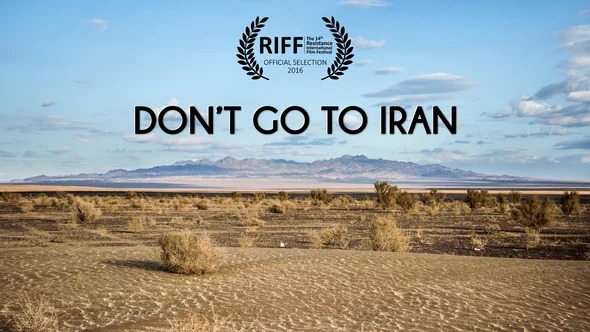
A little film I made of my travels in Iran with...
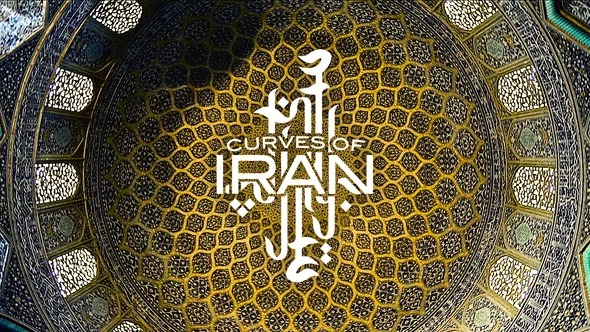
You can see all the illustrations here:
Muted Reactions to Israeli Strikes on Iran Hint at De-Escalation
Israel had vowed retaliation for Iran’s attack last weekend, but the strikes reported overnight were limited, and Iran downplayed them.
- Share full article

Farnaz Fassihi , Ronen Bergman and Patrick Kingsley
Here are the latest developments.
The Israeli military struck Iran early on Friday, according to two Israeli and three Iranian officials, in what appeared to be Israel’s first military response to Iran’s attack last weekend but one whose scope, at least initially, appeared to be limited.
The Iranian officials said that a strike had hit a military air base near the city of Isfahan, in central Iran. Initial reaction in both Israel and Iran was muted , which analysts said was a sign that the rivals were seeking to lower the temperature of their conflict. World leaders, who for nearly a week have urged Israel and Iran to avoid starting a broader war in the region, called for both sides to de-escalate tensions on Friday.
The Israeli military declined to comment on the strike. A senior U.S. official said that Israel had notified the United States through multiple channels shortly before the attack. All the officials spoke on the condition of anonymity because they were not authorized to discuss the matter publicly.
The explosions came less than a week after Iran fired more than 300 missiles and drones at Israel — nearly all of which were shot down — in response to an April 1 strike on an Iranian diplomatic compound in Syria that killed seven Iranian officials. That attack brought the decades-long shadow war between Israel and Iran — waged on land, at sea, in air and in cyberspace — more clearly into the open.
Here’s what else to know:
A Western official and two Iranian officials said that Israel used both missiles fired from warplanes and drones in the strike , suggesting that the attack included more advanced firepower than initial reports indicated. Iranian officials initially told The New York Times that the attack had been carried out only by small drones, possibly launched from inside Iran, and that radar systems had not detected unidentified aircraft entering Iranian airspace. They said that a separate group of small drones was shot down in the region of Tabriz, roughly 500 miles north of Isfahan.
In public, Iranian officials sought to downplay the strike. Maj. Gen. Abdolrahim Mousavi, the commander in chief of Iran’s army, said explosions heard early Friday in Isfahan “were from our air defense firing at a suspicious object,” and that there had been “no damage.” Iranian news agencies appeared keen to show that things were “back to normal” in the city.
President Ebrahim Raisi of Iran had warned that “the tiniest act of aggression” on his country’s soil would draw a response. But in the hours after Israel’s strike, there have been no public calls for retribution by Iranian officials. One lawmaker, Seyed Nezamedin Mousavi, called the strike “ridiculous,” saying it showed Israel “is content with these ineffective actions.”
Isfahan is one of Iran’s most famous and historic cities . The area also hosts a number of Iranian military sites. Iranian media reported that nuclear facilities in Isfahan had not been hit.
Israeli leaders came close to ordering widespread strikes in Iran on the night Iran attacked, officials said, but the war cabinet postponed a decision. Mr. Biden and other world leaders urged Israel for days not to retaliate in a way that would inflame a wider Middle East war while it fights Hamas in Gaza and Hezbollah in Lebanon, both allies of Iran.
Alissa J. Rubin
An explosion damages a military base in Iraq used by an Iran-backed armed group.
Iraq’s joint military command says one person was killed and eight were injured in an explosion early Saturday at a base used by an Iranian-backed armed group, Harakat al Nujaba, in Iraq’s Babylon Province.
In a carefully worded statement, Iraq’s military did not attribute the explosion to an air attack with a missile or a drone. “Air Defense Command confirmed that there was no drone or jet fighter in the airspace of Babylon Province before and during the explosion,” the statement said.
Privately, however, military officials say it appears that at least one projectile hit inside the Kalsu base’s perimeter. A video taken shortly after the event and posted on social media showed damaged buildings and a large rubble-filled crater. A second video showed several parts of the base on fire.
According to Iraq’s joint command, the base is used by several elements of the Iraqi security forces including the Iraqi Army and police as well as the Popular Mobilization Forces , or P.M.F., an umbrella organization.
The P.M.F. includes some brigades that are backed by Iran. The one stationed at this base, Harakat al Nujaba, has participated in attacks on U.S. installations in Iraq and Syria. More recently it has joined with other Iranian-backed forces in Syria and Lebanon to attack Israeli territory.
There was no immediate claim of responsibility for the strike.
The U.S. military, which has carried out strikes on Iranian-backed armed groups in Iraq in the past, said in a statement released shortly after the attack that it had not participated in strikes on locations in Iraq. The Israeli military declined to comment.
The explosion came a day after Israel attacked a military air base near the city of Isfahan in central Iran, according to two Israeli and three Iranian officials who spoke on the condition of anonymity because they were not authorized to discuss the matter publicly. That attack, on Friday, appeared to be Israel’s first military response to Iran’s huge drone and missile attack on Israeli soil nearly a week ago.
Falih Hassan contributed reporting from Baghdad.
Farnaz Fassihi
Iran’s foreign minister, Hossein Amir Abdollahian, who is in New York attending U.N. meetings, told Iran’s state news agency that the small quadcopter targeting a military base in Isfahan did not have casualties or damage. “Israel is determined to portray its defeat as a victory,” Mr. Amir Abdollahian said, the most senior official to comment on the attacks and draw a link to Israel publicly.
Christoph Koettl and Christiaan Triebert
Satellite imagery shows that a precision attack damaged an air defense system at an Iranian base.
The Israeli attack on an Iranian air base in Isfahan hit a crucial part of an air defense system, a New York Times analysis of satellite imagery found.
Images showed that the precision attack at the Eighth Shekari Air Base damaged or destroyed the “flap-lid” radar , which is used in S-300 air defense systems to track incoming targets.
The Times used several satellite images in its analysis; the location of the damaged area was first pointed out on the social media platform X by Aurora Intel , and the findings have also been confirmed by a former U.S. government imagery analyst, Chris Biggers.
The radar is typically surrounded by several vehicles, including four trucks carrying missiles. Before the strike, the missiles were seen positioned next to the radar. After the strike, they had been moved and did not appear visibly damaged. It was not clear why the missiles had been moved. However, the fact that they appear undamaged indicated that the attack had a very precise target, according to Mr. Biggers.
Other areas of the air base and adjacent airport also appeared to be undamaged. The precision of the strike, deep within Iran and with several sensitive sites close by, suggested Israel chose the specific and narrow target, the air defense system.
According to the Missile Defense Project of the Washington think tank Center for Strategic and International Studies, Iran has acquired Russian-made S-300 air defense systems to deter Israeli and other airstrikes.
Reporting from the Capitol
Liberal Democrats urge ‘no’ vote on Israel aid to pressure Biden on Gaza.
A group of left-leaning House Democrats is urging its colleagues to oppose the $26 billion aid package for Israel, hoping to maximize the number of “no” votes from the party and send a warning to President Biden about the depth of his political coalition’s discontent over his support for Israel’s tactics in Gaza.
Framing the upcoming vote as a make-or-break moral choice akin to Congress’s votes to authorize and fund the Iraq war, progressive leaders in the House are working to muster a sizable bloc of Democratic opposition to the aid measure, which is expected to pass on Saturday and become law in the coming days.
“In the wake of those votes, people came around much, much later and said, ‘We shouldn’t have allowed that to go forward,’” Representative Pramila Jayapal, Democrat of Washington and the chair of the Congressional Progressive Caucus, said of the decades-ago debate over Iraq. “And I think that this is that moment.”
Representative Joaquin Castro, Democrat of Texas, called it a “defining vote,” adding, “We’re either going to participate in the carnage, or we’re not.”
There is little doubt that the bill, which would send roughly $13 billion in military assistance to Israel as it continues its offensive in Gaza, will pass the House, along with money for Ukraine, Taiwan and other American allies.
But progressive Democrats estimated that 40 to 60 members of their party may oppose it on the House floor on Saturday. That would be a striking signal from Congress, where ironclad bipartisan backing for Israel has long been the norm. And it would highlight the fraught divisions the war in Gaza has sown within the Democratic Party, even as more Democrats including Mr. Biden have begun to criticize Prime Minister Benjamin Netanyahu’s approach to the conflict and urge him to better protect civilians.
The legislation would allocate $5 billion to Israel’s defense capabilities and $9 billion for “worldwide humanitarian aid,” including for civilians in Gaza. But it would not place further conditions on how Israel could use American military aid, nor block future arms transfers from the United States as an increasing number of Democrats have sought to do.
Democrats who are leading the push against the Israel aid bill said they strongly supported the Jewish state and its right to defend itself, and would vote in favor of sending military aid that supports Israel’s defense capabilities, such as by replenishing the Iron Dome, David’s Sling and Iron Beam defense systems. They also denounced the Oct. 7 terrorist attack by Hamas that prompted the war, and said the hostages taken by Hamas must be released.
But they argued that approving more offensive weaponry without conditions was an untenable moral and political position that would amount to an endorsement of Mr. Netanyahu’s prosecution of the war, including his intention to invade Rafah over the objections of the Biden administration. More than 33,000 people in Gaza have been killed since the start of the conflict, according to the health ministry there, and the population is facing a hunger crisis.
“I understand the need for defensive weapons for Israel, particularly in light of the attack by Iran,” said Representative Ro Khanna, Democrat of California, who ran his first campaign on an antiwar platform and helped lead efforts to end U.S. participation in the war in Yemen. “But there is no justification to provide bombs and weapons to Netanyahu to continue the war in Gaza that is killing thousands of innocent Palestinian women and children.”
Saturday’s vote will recall a similar situation from 2007, when the speaker at the time, Nancy Pelosi, Democrat of California, split a piece of spending legislation to allow Democrats to register their opposition to funding the Iraq war while backing a domestic funding bill. Speaker Mike Johnson, Republican of Louisiana, similarly divided the foreign aid package to be considered on Saturday in order to get each element across the finish line in the face of distinct coalitions of resistance to different pieces of the bill.
In a critical test vote on Friday , the House agreed, 316 to 94, to bring up the package, with 39 Democrats — mostly progressives — joining 55 Republicans in opposition.
“This is a moment for members of Congress who support a safe and secure Israel to send a message that giving Netanyahu more offensive weapons is not a path for peace and security for Israelis and Palestinians,” Representative Becca Balint, Democrat of Vermont and the first Jewish member of Congress to call for a cease-fire, said in an interview. “To give Netanyahu more offensive weapons at this stage, I believe, is to condone the destruction of Gaza that we’ve seen in the last six months. And it’s also a green light for an invasion of Rafah.”
Representative Lloyd Doggett, a Texas Democrat who led the opposition to funding for the Iraq war in 2007, said the conversations among Democrats in Congress opposing continued U.S. backing for the war in Gaza were “not unlike” those that took place 17 years ago.
“We may well be casting the vote on whether a much wider war takes place, and whether American weapons go that result in the death of thousands of innocent people,” Mr. Doggett said.
The Democrats who oppose the aid package for Israel represent a minority of their caucus. But they see a “no” vote as part of a strategy to pressure Mr. Biden to condition aid and halt future offensive weapons transfers. Through many meetings, text chains and conversations with the administration, they have worked to shift the president’s approach to Israel, while underscoring the electoral risks Mr. Biden faces among voters who helped power him to the White House in 2020 and are now furious over his handling of the war.
“The only way to get a course correction is for a sizable number within the Democratic caucus to say it must shift,” Ms. Balint said.
Representative Dan Kildee, a Michigan Democrat who has been pressing Mr. Biden to withhold offensive weapons from Israel, said a big “no” vote would strengthen the president’s hand to do so.
“It helps the administration to have some number of Democrats express ourselves in this way,” he said.
Representative Greg Casar, Democrat of Texas, said he hoped a substantial number of Democrats opposing the bill would give the Biden administration greater leverage to influence the Israeli government’s approach to the war.
“I hope this vote will show the world that there is a really significant segment of the United States that doesn’t want to see expanded and widening wars,” he said.
Farnaz Fassihi and Eric Schmitt
Israel used missiles as well as drones in its overnight strike on Iran, officials say.
Israeli warplanes fired missiles on Iran during a retaliatory strike early Friday morning, one Western official and two Iranian officials said, suggesting that the attack included more advanced firepower than initial reports indicated.
It was not immediately clear the types of missiles used, from where they were fired, whether any were intercepted by Iran’s defenses or where they landed.
The Western official and the Iranian officials requested anonymity to discuss classified information.
Previously, Iranian officials said Friday’s attack on a military base in central Iran was conducted by small aerial drones, most likely launched from inside Iranian territory. A separate group of small drones, they said soon after the attack, was shot down in the region of Tabriz, roughly 500 miles north of Isfahan.
Israel has not publicly claimed responsibility for Friday’s attack and would not comment on the use of planes or missiles.
Israel’s strike came in response to an Iranian attack last weekend in which Iran fired hundreds of missiles and drones at Israel. A majority of the weapons used in that salvo were fired from Iranian territory and intercepted by Israel and its allies before causing any damage.
By contrast, the Iranian officials said, Iran’s military did not detect anything entering Iran’s airspace on Friday, including drones, missiles and aircraft. Iran’s state news agency IRNA reported that no missile attacks occurred and that Iran’s air defense system was not activated.
Iran’s decision to launch its strike primarily from its own soil last week was perceived by Israel as an escalation in the countries’ long-simmering shadow war. The Iranians believe the large salvo is helping with deterrence. Throughout the yearslong conflict, the two countries have traded clandestine attacks, including targeted assassinations, cyberattacks and conventional strikes conducted from and within third countries.
Iran’s attack last week was itself prompted by an Israeli strike on April 1, in which Israeli aircraft killed several Iranian armed forces commanders in Syria.
By using drones seemingly launched from inside Iran’s territory rather than its own, Israel hinted at a willingness to turn down the temperature on the conflict while also demonstrating an ability to conduct attacks that Iran could not detect.
One Iranian official, a member of the Islamic Revolutionary Guards Corps, said that even though the strike did little damage, the likelihood that drones were fired from under Iran’s nose sent a message about Israel’s capabilities.
A guided missile fired from an undetected warplane, even if it landed outside Iranian territory, would most likely deliver a similar threat.
Officials from both countries remained largely quiet about Friday’s attack, a gesture that appeared aimed at de-escalating a conflict some fear could spiral into a broader regional war. Israel’s silence on the attack, an Iranian official said, would allow Tehran to treat the strike as it had comparable previous attacks and not prompt an immediate response.
Mahdi Mohammadi, a senior adviser to Iran’s Parliament speaker, said that Israel’s limited attack on Iran showed that Iran had achieved its goal of deterrence. Israel’s refusal to openly claim responsibility, he said, amounts to a victory for Iran.
Israel’s attack, he said on the messaging app Telegram, was meant to show that it had the “capability to access Iran but in practice it also showed that it has accepted that it should not repeat its miscalculation.”
Peter Baker
The White House maintained public silence about the Israeli strike on Iran. “I’m not going to speak or speculate about any of the reports that are out there,” Karine Jean-Pierre, the White House press secretary, said at her daily briefing. John Kirby, the national security spokesman who typically speaks on foreign policy issues, did not join the briefing.
Jean-Pierre did repeat the president’s standard position urging against widening the war: “We do not want to see this conflict escalate. We continue to consult with our allies and partners, including in the region, to reduce further risk of escalation in the region.”
Raja Abdulrahim
Israel reportedly strikes an air defense site in Syria.
The Israeli military struck a Syrian air defense site in southern Syria with missiles early Friday, causing material damage, though no casualties were reported, according to Syrian state news media.
Syria’s official news agency, SANA, provided no other details and Israel did not comment on whether it was responsible for the attack, in keeping with its usual practice.
The strike happened around the same time that Israel carried out a strike on a military air base near the city of Isfahan, in central Iran.
That strike came less than a week after Iran fired more than 300 missiles and drones at Israel — nearly all of which were shot down — in retaliation for an April 1 attack on an Iranian diplomatic compound in Syria that killed seven Iranian military officers.
Friday’s strike in Syria targeted a radar system in the southern province of Dara’a, according to the Syrian Observatory for Human Rights, a monitoring group based in Britain.
The Syrian military detected Israeli aircraft entering Syrian airspace, but its air defenses did not try to intercept the strikes, the Observatory said.
Iranian-backed armed groups throughout Syria have been on high alert since Iran’s strikes on Israel last weekend, the Observatory said. The groups obscured their positions and gave some of their leaders a week of leave.
Iran is closely allied with Hezbollah, the Lebanese militia, and with the Syrian government, and both Hezbollah and Iran’s Quds Force operate in Syria. For years, Iranian proxies like Hezbollah have launched strikes at northern Israel.
Israel has repeatedly targeted Iran and its allies with strikes in Syria, including in Damascus, the capital, and Aleppo.
Attacks across Israel’s borders with Syria and Lebanon have escalated since the Oct. 7 assault by Hamas on Israel.
Since the first of the year, Israel has carried out nearly three dozen attacks in Syria, destroying buildings, military headquarters and weapon and ammunition warehouses, the Observatory said. The strikes have killed 129 fighters and 12 civilians, the group said.
Adam Rasgon
Jordan will not allow its airspace to be violated by either Israel or Iran, Jordan’s foreign minister told his Iranian counterpart in a phone call, the official Jordanian news agency, Petra, reported.
Jordan lies between the two enemies, and it played a key role in helping shoot down the barrage of missiles and drones Iran fired at Israel on Saturday.
Leily Nikounazar and Gaya Gupta
Residents of Isfahan describe their fears of an escalated war.
Daily life appeared to return to normal in Isfahan on Friday, according to Iranian state news media and a resident who was interviewed, hours after Israel’s attack on a nearby military base continued the cycle of strikes and counterstrikes between the two countries.
But tensions from the overnight attack reverberated through the city, and some residents described the threat of full-fledged war as crippling — despite analysts’ assessment that both nations were trying to avoid further escalation.
Mehrdad, 43, an engineer from Isfahan, said the latest retaliation left him and his pregnant wife feeling stressed and unwell. He asked that his last name not be used for fear of retribution.
“The future of this country concerns me,” he said. “I believe nothing good is expected.”
Though he said that the city had returned “back to its normal” and reactions from officials were muted — which he believed was to help make people feel at ease — many residents remain scared after a stressful night of explosions.
For the first six months of the war between Israel and Hamas, Iran’s involvement in fighting had been limited to its proxies, including the Lebanese militant group Hezbollah and the Yemeni Houthi militia. But after Iran’s first direct strike on Israel last weekend, Mehrdad said, “things are coming to the surface.”
He hoped that diplomatic mediation would put an end to the threat of war, and he worried that the county’s infrastructure would be “ruined” by further Israeli attacks.
“Our economic situation is awful. We have 50 percent annual inflation,” he said. “Now guess what would happen if the war materialized. What would happen to our living conditions in this country?”
Mahsa, 34, an accountant from Isfahan who also asked that her last name not be used for fear of retribution, described a tense atmosphere of fear and instability. The economy is often the main topic of conversation when people gather, she said, and many are worried about the consequences of a wider war.
“When Iran attacked, we were all worried and we really didn’t know what to expect,” she said, describing the cycle of retaliation between Israel and Iran as a “show game.”
“Of course, after this Israeli attack, the direction of the game will be determined,” she added. “Either a full-scale war, or the end of this line, or just threats.”
The distress is crushing. Mahsa said her mental health had deteriorated, describing an instance last week when she broke down sobbing in the middle of the street for seemingly no reason while on a run. Dreams seem “more impossible to achieve, day by day,” she said.
“We don’t have much mental energy left,” she added.
An earlier version of this article misstated the gender of Mahsa, an accountant from Isfahan, Iran. She is female, not male.
How we handle corrections
The seemingly small scale of Israel's attack may give both countries an exit from the cycle of escalation. “It appears we are out of the danger zone and, because Israel’s strike was limited, it has allowed both countries to back down for now,” said Sanam Vakil, director of the Middle East and North Africa program at Chatham House.
The few Iranian officials who have talked publicly about the attack have downplayed it, suggesting a bid to de-escalate. A lawmaker, Seyed Nezamedin Mousavi, called the strike "ridiculous,” saying it showed Israel “is content with these ineffective actions.” A former foreign minister, Mohammad Javad Zarif, dismissed it as "fireworks."
Cassandra Vinograd
Here is a look at the recent history of Iran-Israel hostilities.
For decades, Israel and Iran have fought a shadow war across the Middle East , trading attacks by land, sea, air and in cyberspace. A recent round of strikes — mainly an aerial barrage by Iran against Israel last weekend — has brought the conflict more clearly into the open and raised fears of a broader war.
A retaliatory Israeli strike on an Iranian air base on Friday, however, appeared limited in scope, and analysts said it suggested an effort to pull back from the dangerous cycle and potentially move the war back into the shadows.
Here is a recent history of the conflict:
August 2019: An Israeli airstrike killed two Iranian-trained militants in Syria, a drone set off a blast near a Hezbollah office in Lebanon and an airstrike in Qaim, Iraq, killed a commander of an Iran-backed Iraqi militia. Israel accused Iran at the time of trying to establish an overland arms-supply line through Iraq and northern Syria to Lebanon, and analysts said the strikes were aimed at stopping Iran and signaling to its proxies that Israel would not tolerate a fleet of smart missiles on its borders.
January 2020: Israel greeted with satisfaction the assassination of Maj. Gen. Qassim Suleimani , the commander of the foreign-facing arm of Iran’s Islamic Revolutionary Guards Corps, in an American drone strike in Baghdad.
Iran hit back by attacking two bases in Iraq that housed American troops with a barrage of missiles, wounding about 100 U.S. military personnel .
2021-22: In July 2021, an oil tanker managed by an Israeli-owned shipping company was attacked off the coast of Oman, killing two crew members, according to the company and three Israeli officials. Two of the officials said that the attack appeared to have been carried out by Iranian drones.
Iran did not explicitly claim or deny responsibility, but a state-owned television channel described the episode as a response to an Israeli strike in Syria.
In November 2021, Israel killed Iran’s top nuclear scientist, Mohsen Fakhrizadeh , and followed up with the assassination of a Revolutionary Guards commander, Col. Sayad Khodayee , in May 2022.
December 2023: After Israel’s bombardment of Gaza began in response to the Oct. 7 Hamas-led assault, Iranian-backed militias stepped up their own attacks . And late last year, Iran accused Israel of killing a high-level military figure, Brig. Gen. Sayyed Razi Mousavi , in a missile strike in Syria.
A senior adviser to the Revolutionary Guards, General Mousavi was described as having been a close associate of General Suleimani and was said to have helped oversee the shipment of arms to Hezbollah. Israel, adopting its customary stance, declined to comment directly on whether it was behind General Mousavi’s death.
January 2024: An explosion in a suburb of Beirut, Lebanon, killed Saleh al-Arouri , a Hamas leader, along with two commanders from that group’s armed wing, the first assassination of a top Hamas official outside the West Bank and Gaza in recent years. Officials from Hamas, Lebanon and the United States ascribed the blast to Israel , which did not publicly confirm involvement.
Hezbollah, which receives major support from Iran, stepped up its assaults on Israel after Mr. al-Arouri’s death. Israel’s military hit back at Hezbollah in Lebanon, killing several of the group’s commanders .
March: An Israeli drone strike hit a car in southern Lebanon, killing at least one person. Israel’s military said it had killed the deputy commander of Hezbollah’s rocket and missile unit. Hezbollah acknowledged the death of a man, Ali Abdulhassan Naim, but did not provide further details.
The same day, airstrikes killed soldiers near Aleppo, northern Syria, in what appeared to be one of the heaviest Israeli attacks in the country in years. The strikes killed 36 Syrian soldiers, seven Hezbollah fighters and a Syrian from a pro-Iran militia, according to the Syrian Observatory for Human Rights, a British-based group that tracks Syria’s civil war.
Israel’s military did not claim responsibility. But the country’s defense minister, Yoav Gallant, wrote on social media, “We will pursue Hezbollah every place it operates and we will expand the pressure and the pace of the attacks.”
April: A strike on an Iranian Embassy building in Damascus on April 1 killed three top Iranian commanders and four officers. Iran blamed Israel and vowed to hit back forcefully.
Two weeks later, Tehran launched a barrage of more than 300 drones and missiles at Israel, an unexpectedly large-scale attack , although nearly all the weapons were shot down by Israel and allies. Israel said for days it would respond, before a strike on Friday hit a military air base near the central Iranian city of Isfahan.
Israel has commonly used exploding drones in attacks on Iran.
Iranian officials said that the Israeli strike on Friday morning was carried out by small exploding drones, a tactic that would follow a well-established pattern in Israeli attacks on Iranian military targets.
As Israel has targeted Iranian defense and military officials and infrastructure, small drones — specifically ones known as quadcopters — have been a signature of those operations. Quadcopter drones, so named because they have four rotors, have a short flight range and can explode on impact.
The drones might have been launched from inside Iran, whose radar systems had not detected unidentified aircraft entering Iranian airspace, Iranian officials said. If the drones were launched within the country, it demonstrates once again Israel’s ability to mount clandestine operations in Iranian territory .
Israel’s military has not commented on Friday’s strike. Though it rarely claims responsibility publicly for attacks against Iranian targets, several attacks in recent years have used drones:
August 2019: Israel sent an exploding drone into the heart of a Hezbollah-dominated neighborhood in Beirut, Lebanon, to destroy what Israeli officials described as machinery used in the production of precision missiles.
June 2021: A quadcopter exploded outside Tehran at one of Iran’s main manufacturing centers for centrifuges, which purify uranium and are used at the country’s two major uranium enrichment facilities . Western officials have closely watched activity at those facilities for signs that Iran could be moving toward producing a nuclear weapon. Iran claimed that there had been no damage to the site outside Tehran, but satellite images showed evidence of significant damage.
February 2022: Six quadcopters exploded at Kermanshah, Iran’s main manufacturing and storage plant for military drones.
May 2022: A strike targeted the highly sensitive Parchin military site outside Tehran, where Iran develops missile, nuclear and drone technology. Quadcopter drones exploded into a building, killing an engineer and injuring another person, Iranians with knowledge of the attack said at the time.
January 2023: A drone attack on an Iranian military facility in January 2023 caused a large explosion in the center of Isfahan, the city near the air base that was struck on Friday. At the time, Iran made no effort to hide the fact that an attack had happened, but said it had done little damage. Iranian state media reported that drones had targeted an ammunition manufacturing plant but had been shot down by a surface-to-air defense system.
Michael Crowley
Traveling with Secretary Blinken
Blinken says the U.S. has not been involved in ‘offensive operations’ in Iran.
Secretary of State Antony J. Blinken said on Friday that the United States “has not been involved in any offensive operations” in Iran when asked about Israel’s strike on the country on Friday, but he declined to comment further.
Mr. Blinken spoke on the last day of a meeting of Group of 7 ministers in Capri, Italy, where the agenda was dominated by the conflict in the Middle East, including the exchanges of strikes in the past week between Israel and Iran. In remarks to reporters before departing the island, Mr. Blinken said the G7 was unified in urging de-escalation between Iran and Israel to avoid a wider war.
But Mr. Blinken would not even directly confirm the Israeli strike, which appeared to be the country’s first military response to Iran’s attack last weekend, referring instead to “reported events,” and he would not say whether the United States had been notified in advance of the Israeli action. Shortly before he spoke, Italy’s foreign minister, Antonio Tajani, told reporters that the United States had been “informed at the last minute” of the Israeli strike.
“But there was no involvement on the part of the United States,” Mr. Tajani said. “It was simply information which was provided,” adding that he believed the G7’s collective efforts deserved credit for “the small scale of the event.”
Mr. Tajani did not say how he knew the United States had not been notified in advance, but he had recently come from a meeting with Mr. Blinken and other G7 ministers. A senior American official said on Friday that Israel had notified the United States through multiple channels shortly before its attack on Iran.
The G7 weighed in collectively in a statement concluding the three-day meeting, urging countries to prevent further escalation “in light of reports of strikes” on Friday. The G7 includes Britain, Canada, France, Germany, Italy, Japan, the United States and the European Union.
The statement also said that the member nations “condemn in the strongest terms Iran’s direct and unprecedented attack” on Israel.
“Israel and its people have our full solidarity and support and we reaffirm our commitment toward Israel’s security,” it added.
The G7 also issued a new warning to Tehran, demanding that “Iran and its affiliated groups cease their attacks” throughout the Middle East and saying that “we stand ready to adopt further sanctions or take other measures.”
Mr. Blinken said of Iran that “degrading its missile and drone capabilities” was a key G7 goal.
Mr. Blinken also addressed the ongoing conflict in Gaza, pointing a finger at Hamas for the failure so far to reach a cease-fire deal that would include the release of Israeli prisoners.
“The only thing standing behind the Gaza people and a cease-fire is Hamas,” he said.
But he also addressed a major friction point with Israel, warning against what Israel says is its planned attack on the southern Gaza city of Rafah, where more than a million Palestinians have sought shelter from fighting elsewhere in the enclave. Israel has said an invasion of Rafah is necessary to eliminate Hamas battalions in the city.
“We cannot support a major military operation in Rafah,” Mr. Blinken said. Mr. Blinken said that protecting and caring for civilians amid such an operation was “a monumental task for which we have yet to see a plan.”
Asked about the U.S. veto on Thursday of a United Nations Security Council resolution to recognize a Palestinian state, Mr. Blinken said that while the United States supports the creation of such a state, doing so requires negotiations and that the proposed resolution “will have no effect on actually moving things forward and achieving a Palestinian state.”
He added: “You can put something down on a piece of paper and wave it around. It has no effect. What does and can have an effect is actual diplomacy.”
Mr. Blinken also noted that, under U.S. law passed by Congress, U.N. acceptance of a Palestinian member state would require “cutting off all of our funding for the United Nations.”
The Iranian news media appear keen to show that things are “back to normal” in Isfahan. The official news agency, IRNA, published a gallery of photos — people strolling, shoppers at a market, a child with a soccer ball — that it said showed “normal life” in the city today. Flights at the Isfahan airport, which had been suspended for a few hours, have resumed, it said.
Joe Rennison
S&P Global Ratings downgraded Israel’s credit rating on Thursday evening, citing the confrontation with Iran. It lowered Israel’s rating to A+ from AA-. That’s still a high rating on a scale that runs from triple-A down to D.
Maj. Gen. Abdolrahim Mousavi, the commander in chief of Iran’s army, said explosions heard early Friday in Isfahan “were from our air defense firing at a suspicious object. There has been no damage from the incident.” He said that experts were investigating the episode.
Reporting from Jerusalem
World leaders call for de-escalation after Israel’s strike in Iran.
World leaders on Friday urged Israel and Iran to de-escalate tensions after Israel struck an Iranian military base, the latest salvo in a cycle of retaliation that has raised fears of a broader war in recent weeks.
Prime Minister Rishi Sunak of Britain, whose military participated in defending Israel last weekend against Iran’s missile and drone attack, told reporters, “Significant escalation is not in anyone’s interests — what we want to see is calm heads prevail across the region.”
Ursula von der Leyen, the president of the European Commission, the European Union’s executive arm, told reporters during a visit to China, “It is absolutely essential that the region remains stable and that all sides refrain from further action.”
Italy’s foreign minister, Antonio Tajani, said the Group of 7 nations — which includes Britain, Canada, France, Germany, Italy, Japan and the United States — had changed the agenda of its meeting Friday on the resort island of Capri to “address the Iran issue and put priority attention on the Middle East.”
“The political goal of the G7 is de-escalation,” Mr. Tajani said.
The government of Jordan, which has been criticized in the Arab world for playing a role in intercepting Iran’s attack last weekend, issued an especially pointed plea.
“Israeli-Iranian retaliations must end,” Ayman Safadi, Jordan’s foreign minister said on Friday. He urged the international community to turn its attention back to Gaza, where six months of Israel’s bombardment and ground invasion have killed over 33,000 people and led to extreme hunger in parts of the territory.
“The inhumane war on Gaza must end now,” Mr. Safadi said. “The focus of the world must remain on ending the catastrophic aggression on Gaza.”
Advertisement

- TripAdvisor
- Testimonials
- Travel Tips
The Assumption Belfry and Ivan the Great Bell Tower
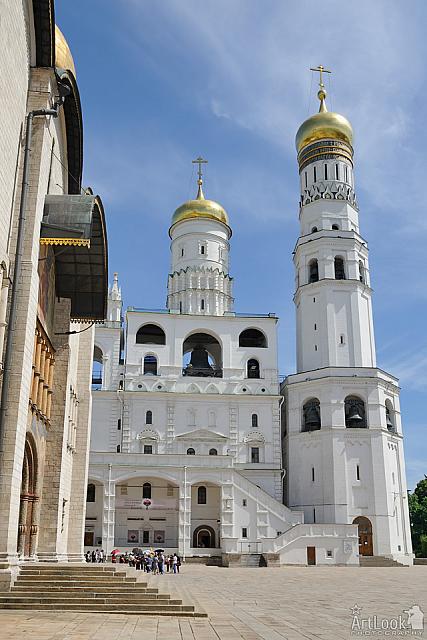
View from a corner of Assumption Cathedral on the architectural ensemble of the Assumption Belfry (at the left) and Ivan the Great Bell Tower (at the right) built in the Moscow Kremlin in 16th century. The tower’s name implies that it had once housed St. John’s Church, and that it used to be the tallest building in Moscow (height with cross is about 80 m). For many decades the bell tower was also the main watchtower in the Kremlin, and later also a fire tower. Petrok Maliy, the Italian architect who built the Kitai-Gorod wall in Moscow, started the construction of the church of the Resurrection, later renamed Church of the Nativity, next to the Ivan the Great Tower in 1532. Decades later was converted to a four-tier belfry for large bells, known today as the Assumption Belfry after its main 64-ton bell placed in the middle of the fourth tier. The Assumption bell tolled only on great holidays and to announce events of exceptional significance.
Photo #043 taken on June 29, 2016 during a tour of Moscow Kremlin with my dear client from Lebanon, Jacques Saade.
About Me in Short

My name's Arthur Lookyanov, I'm a private tour guide, personal driver and photographer in Moscow, Russia. I work in my business and run my website Moscow-Driver.com from 2002. Read more about me and my services , check out testimonials of my former business and travel clients from all over the World, hit me up on Twitter or other social websites. I hope that you will like my photos as well.
See you in Moscow!
- View full size
- Owner: Moscow Guide & Driver
- Date: June 29, 2016 05:14:00 am EDT
- File name: ALP-2016-0629-043-Assumption-Belfry-and-Ivan-the-Great-Bell-Tower-Moscow-Kremlin.jpg
- Tags: Russia , Moscow Kremlin , Kremlin Towers , Ivan the Great Bell Tower , Belfry , Assumption Belfry , Assunmption Bell , Moscow
GPS Location of the Photo
Google maps.
- GPS Map of this album
- GPS Map of Moscow Guide & Driver's pictures
Random image

Russian Church Domes
Russia is famous for its numerous onion- and helmet-shaped domes of nice orthodox churches. They are magnificent, they are unforgettable. They can be seen everywhere. Church domes can tell a lot about the cathedral to those who can understand their language.
Featured Tags
- 273 photos are tagged with architecture
- 199 photos are tagged with cathedrals
- 305 photos are tagged with churches
- 294 photos are tagged with Dear Clients
- 260 photos are tagged with lights
- 1875 photos are tagged with Moscow
- 306 photos are tagged with Moscow by Night
- 194 photos are tagged with Moscow cityscapes
- 264 photos are tagged with Moscow Kremlin
- 326 photos are tagged with night moscow
- 426 photos are tagged with Orthodox Churches
- 226 photos are tagged with Red Square
- 2538 photos are tagged with Russia
- 209 photos are tagged with twilights
- 350 photos are tagged with Winter
Take one of these exciting tours:
- Moscow Highlights
- Discovering the Golden Ring of Russia
- Arts & Culture Tours
- Moscow by Night tour

2018 Primetime Emmy & James Beard Award Winner
R&K Insider
Join our newsletter to get exclusives on where our correspondents travel, what they eat, where they stay. Free to sign up.
A History of Moscow in 13 Dishes
Featured city guides.
Recommended
- Click to share on Facebook (Opens in new window)
- Click to share on Twitter (Opens in new window)
- Click to email a link to a friend (Opens in new window)
- Click to copy URL
Proud mom Madonna says her kids have put ‘blood, sweat and tears’ into Celebration Tour performances
- View Author Archive
- Follow on Twitter
- Get author RSS feed
Thanks for contacting us. We've received your submission.

Madonna is proud of her children for working hard as performers in her ongoing Celebration Tour.
“I think what my children learned the most in this year of rehearsing and performing is that if you want to follow your dreams, you have to work hard for them,” the pop superstar, 65, said in an interview with W magazine published Wednesday.
“And if all of them choose something different later in life, they will never forget this year of blood, sweat, and tears.”
As Madonna prepared to hit the road for the concert series — a spectacle that honors her four decades in the spotlight — she tapped her four youngest kids, David, 18, Mercy, also 18, plus 11-year-old twins Stella and Estere, to showcase their unique talents on stage.

“Because the Celebration Tour is a retrospective of my life, I thought it made perfect sense to include all of my children still living with me in the show; they all dance and play musical instruments, and have been doing so for years,” the “Ray of Light” singer told the publication.
“David has played guitar since he was a child. Mercy has played piano since she was 8 and she’s been classically trained most of her life. Eventually, when I adopted the twins, they started to play piano and dance as well.”
Madonna noted that there is “always an endless parade of dancing and [performing arts] teachers coming and going in our house,” so it only made sense to give her children a bigger platform to shine on the Celebration Tour.
A show highlight for the Grammy winner is when daughter Mercy accompanies her on piano during a powerful rendition of her 1993 ballad “Bad Girl.”

Stay one step ahead with all the exclusive tea on your favorite reality TV stars!
Sign up for Virtual Reali-Tea with Danny and Evan, our must-read newsletter!
Thank for signing up!
Please provide a valid email address.
By clicking above you agree to the Terms of Use and Privacy Policy .
Want more celebrity and pop culture news?
“I saw a strange, poetic juxtaposition of hedonism and exploration emerging into the light of Mercy, sitting stoically at her grand piano playing Chopin as she beckoned me towards her, making me think about the choices I have made in my life,” Madonna said, explaining how that specific moment came to be.
“Singing ‘Bad Girl’ was kind of my confession to her, and I felt we had an unspoken understanding of what was happening.”
Meanwhile, David duets with his mom on “Mother and Father” from her 2003 album, “American Life.”
“‘Mother and Father’ is one of my favorite moments in the show because it gave me a chance to not only honor my mother and her memory but also to honor David’s mother and her memory,” she said of the young creative, whom she adopted from Malawi in 2006.

“He has always wanted to sing and play guitar. He loves being on stage — this is nothing new. Much of the show is about motherhood, family, and the importance of that in my artistic life.”
As for Stella and Estere, the girls dance their hearts out when Madonna sings her 2000 smash “Don’t Tell Me,” and also during a section in the show that pays homage to ballroom and the art of vogueing.
“While Estere was learning how to DJ, she became interested in ballroom competitions. Just by luck, one of my choreographer’s assistants, Ivy Mugler, has her own ballroom house called House of Mugler,” she says of how the two became interested in that sect of dance.

“She started taking Estere aside during rehearsals to another room—and within a couple of weeks she was doing death drops and spins and surprising us with her ability. So, of course we had to turn that section of the show into Estere’s Ball.”
Madonna is also mom to Lourdes “Lola” Leon, 27 — whom she shares with ex Carlos Leon — and Rocco Ritchie, 23 — whom she shares with ex-husband Guy Ritchie. Her eldest have also participated in her tours, including 2012’s MDNA Tour, for which Lourdes worked in the wardrobe department while Rocco performed on stage.
“I have always been blessed with children who are interested in music, dance and art. Starting from the top with Lola, who was not only an incredible ballet dancer and a rhythmic gymnast, she also switches to musical theater and contemporary dance,” she said.

The eternal hitmaker acknowledged that “nothing brings [her] more happiness” than collaborating with her kids.
“It would be boring if they were just traveling from hotel to hotel, and occasionally coming to watch the show,” she elaborated. “Of course, I am their mother so sometimes we get on each other’s nerves. We are a family of artists but we are also a family, and that’s what happens.”
The Celebration Tour’s next stop is Friday in Mexico City, followed by a final — and free — show in Rio de Janeiro on May 4.
Share this article:

Advertisement

IMAGES
VIDEO
COMMENTS
About this tour. Join us on a 13-day journey to discover the rich and diverse Persian carpet culture that extends far beyond the central Iranian regions. Our itinerary is designed to offer an educational and artistic experience, taking you to the most valuable and authentic carpet workshops in central Iran. Explore the history and production of ...
Iran Carpet Tour | Persian Rugs and Beyond 5 1 1 1 1 1 Rating 5.00 . 21 Days. Some of the main reasons that Iranian carpets are more popular than the carpets of the other countries are their richness of color, variety of impressive artistic patterns, and quality of design.
Located gracefully by Tehran's Laleh Park and established in 1976, Iran Carpet Museum of Iran is a treasure trove of Persian artistry. Its expansive exhibition space spans 3,400 square meters, showcasing a diverse range of Persian carpets dating back to the 18th century and continuing into the present day.
This 9-day tour is built around Iran culture and traditions, the old art of the Persian people, and an expression of their individual ancient tribal identities. The tour includes a comprehensive visit of Iran highlights, learning about the patterns and designs of Persian Carpets and its post-independence architecture; take part in experiencing weaving carpets, also introduces you to the ...
12 Iran Carpet Museum of Tehran Tours; 13 Tehran Carpet Museum of Iran on Map; To the northwest of Tehran's Laleh Park, you can find this rich museum. Featuring a full range of exquisite carpets, kilims, and rugs from around Iran, this museum is a real treat to your eyes.
Among the earliest glimpses into this rich tradition lies the remarkable discovery of the Pazyryk carpet, a masterpiece woven around 500 B.C. This extraordinary find, unearthed from a chieftain's tomb in 1949, offers a rare window into the intricate craftsmanship of ancient Persian rugs.
Renowned for its exquisite designs and meticulous hand-weaving techniques, Persian carpets hold a special place in the hearts of art enthusiasts worldwide. To truly experience the best of Persian carpets and bring home a treasured piece of Iran's cultural heritage, embarking on a customized and tailored tour is highly recommended.
The Carpet Tour includes all direct and indirect aspects of Iranian carpet and provides an opportunity for you to observe the entire chain of this industry; from the first stage of raw material procurement (wool, silk, yarn) through to dyeing, design, weaving, repair and restoration, visiting universities and educational centers, speaking to ...
Day 1 Arrive Tehran. Arrive in Tehran (IKA Airport). You will greet and get assist from our representative. Transfer to your hotel and check-in. Tehran carpet museum is our major plan to realize how Persian people could reach top of carpet weaving in the world from 2500 years ago till nowadays, our experienced guide explanations four corners of Iran and special motifs of each parts of the ...
1. The Tour - Carpets of Iran. We can take this tour every day except for Mondays and some bank holidays. The museum is open from 9:00 to 18:00 during spring and summer and from 9:00 to 17:00 during fall and winter. After entering the area of the museum, we will have a look at the exterior structure of the museum building to learn about its ...
Join us in a 9-day tour built around Iran culture, the Persian people, and their tradition of carpet weaving as an expression of their ancient tribal identities. Bijar Rugs Bijar rugs, originating from the Kurdish town of Bijar in western Iran, are revered for their exceptional durability, intricate designs, and dense pile.
Carpet museum of Iran with a beautiful architecture and facade resemble a carpet-weaving loom. It is located on northwest of Laleh Park in Tehran borrowing part of this beautiful park. It is in 7-8 minutes walking distance to Contemporary Art Museum. Also, just north of the Museum of the Contemporary Art, the carpet Museum houses more than 100 ...
The Persian carpet tour. Itinerary: The Persian carpet tour is an 8 day tour which begins with the reception of tourists at the airport and then transferring them to the hotel, passing the first night at Tehran. On the second day, there is a visit to the Carpet Fair in the morning and in the evening you visit Saad Abad Palace and museums.
NOTE: Kental Iran Travel is a Tehran-based travel agency that offers various touring packages, including a Persian carpet historical tour, at affordable costs and with high-quality touring services. Kental Iran Travel also offers the best Iran tour guides to visitors to Iran.
Last Words: Explore the Best of Tabriz Carpet with a Customized Tour. Tabriz is a city in Iran known for its beautiful handmade rugs. Skilled artisans have been making these rugs for many years, putting a lot of effort into each one. The rugs have intricate designs, vibrant colors, and lots of attention to detail, making them really impressive.
IRANomad Tours is a tour operator, especialized in arranging local (specifically nomadic) tours in Iran. It offers the once-in-a-lifetime opportunity to move with the nomads through mountains in their biannual migration (Kooch) or simply stay with them for a while and experience their unique lifestyle. We also offer classic tours.
Iran Tours Special Interest Tour Our Most Popular Iran Travel Plans + More Details. North of Iran tour Relaxing in mesmerizing nature of Iran in the summertime and enjoying the beautiful weather in Yilaq which means a place where you live in the summer.
Iran Handicraft Tours. Fatemeh Fereidooni is a highly qualified and experienced tourism professional. She holds university qualifications in English interpreting and translation and Women's Studies from reputable Iranian universities and has had nearly 20 years in all aspects of tourism in Iran, Afghanistan and France: as a guide and tour ...
With Iran Tours designed and executed by To Iran Tour, you can be confident that your exploration of Kerman's world-famous carpets will be an experience like no other. Our team of experts is dedicated to understanding your desires and crafting a personalized plan that not only covers the renowned Kerman Carpet weaving centers but also takes ...
this mosque belonged to the embassy of Iran.it is a normal mosque and nothing more .it is just for Iranian who live in Moscow for special religious ceremony and special ritual events. ... Whale Sharks tour in Cancun & Riviera Maya Pirates Adventures Sightseeing Tour from Miami Private Transfers KLIA / KLIA2 to Genting Highlands in Comfort ...
ISLAMABAD: Iranian President Seyyed Ebrahim Raisi Monday said that both Pakistan and Iran have agreed to increase trade volume to $10 billion, stressing that the current volume between the two...
Iran Negin Travel is the international brand of Negin Parvaz Tour and Travel Agency licensed by Tourism and cultural heritage organization of Iran since 2010. Negin Parvaz is honored of having 5 domestic branches in Tehran, Shiraz, Isfahan, Mashhad and Abadan while having 3 international branches in Bahrain and Sharjah.
The visit, which Pakistan's Ministry of Foreign Affairs said would take place from Monday to Wednesday, had been in doubt as Middle East tensions rose after Iran launched an unprecedented attack ...
Iran blamed Israel and vowed to hit back forcefully. Two weeks later, Tehran launched a barrage of more than 300 drones and missiles at Israel, an unexpectedly large-scale attack, although nearly ...
Photo #043 taken on June 29, 2016 during a tour of Moscow Kremlin with my dear client from Lebanon, Jacques Saade. Next Previous 9 of 34 . About Me in Short. My name's Arthur Lookyanov, I'm a private tour guide, personal driver and photographer in Moscow, Russia. I work in my business and run my website Moscow-Driver.com from 2002.
This tour of Moscow's center takes you from one of Moscow's oldest streets to its newest park through both real and fictional history, hitting the Kremlin, some illustrious shopping centers, architectural curiosities, and some of the city's finest snacks. Start on the Arbat, Moscow's mile-long pedestrianized shopping and eating artery ...
Madonna is proud of her children for working hard as performers in her ongoing Celebration Tour. "I think what my children learned the most in this year of rehearsing and performing is that if ...